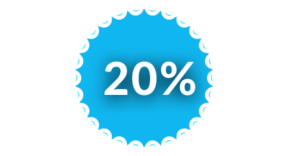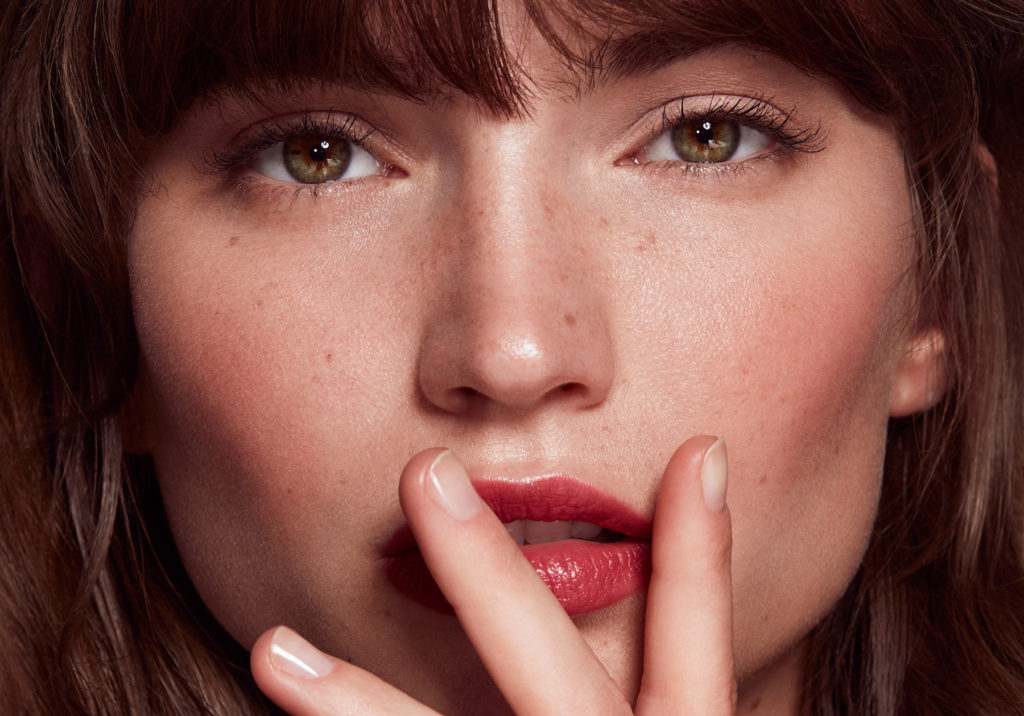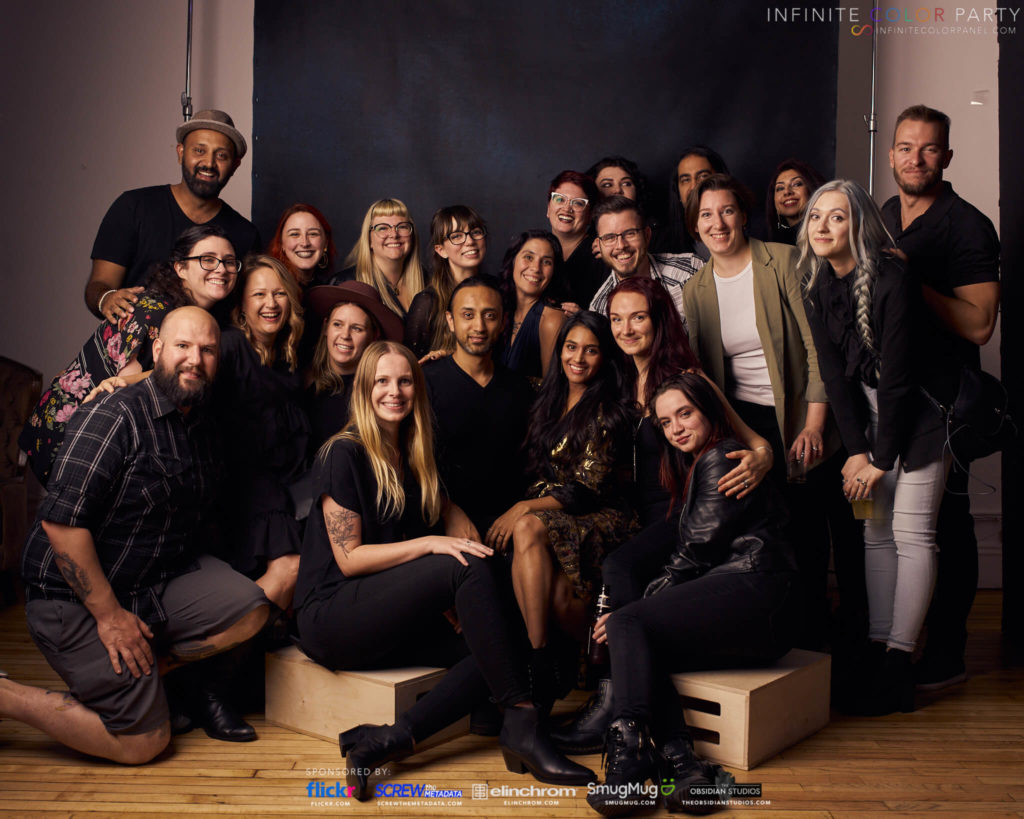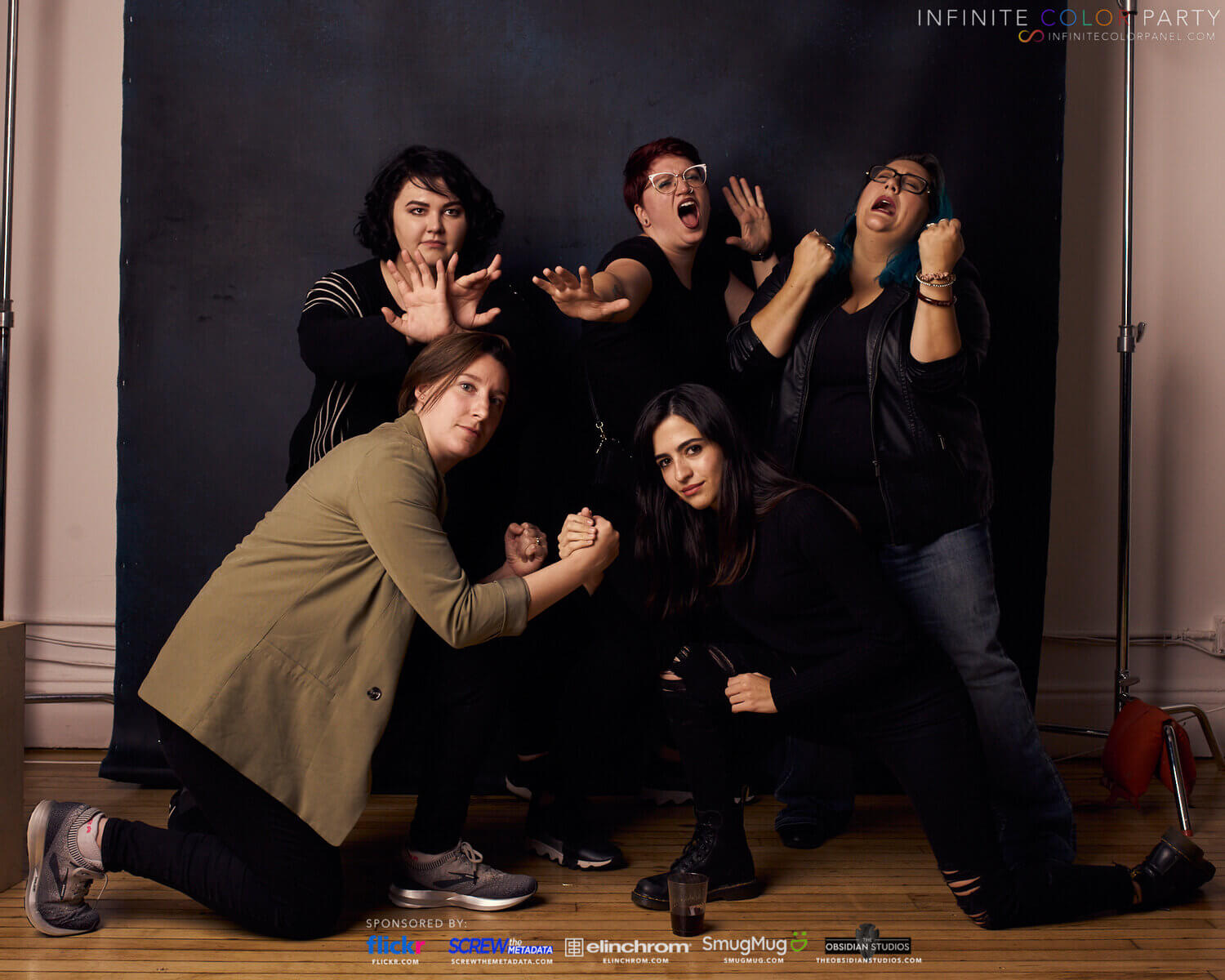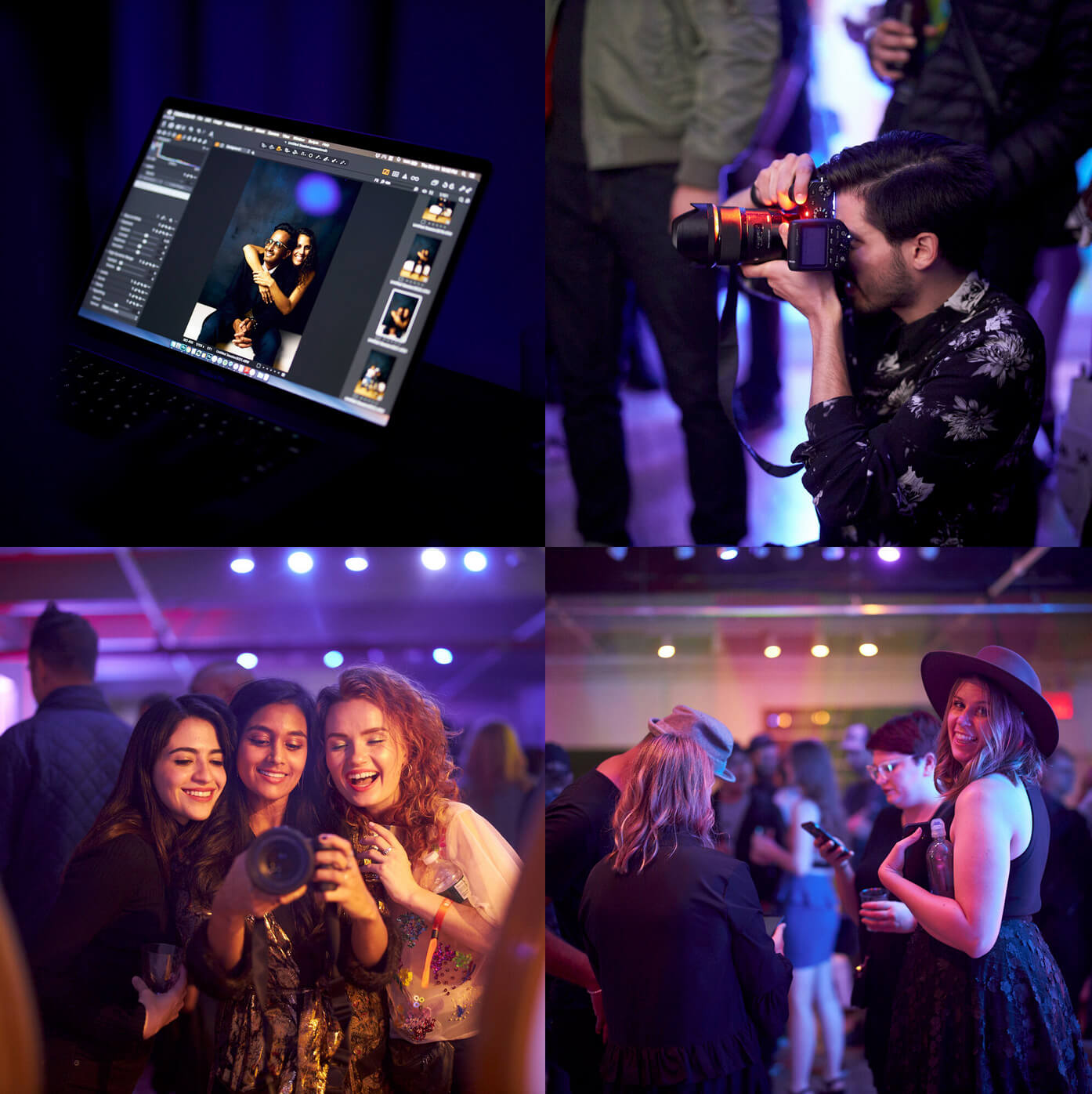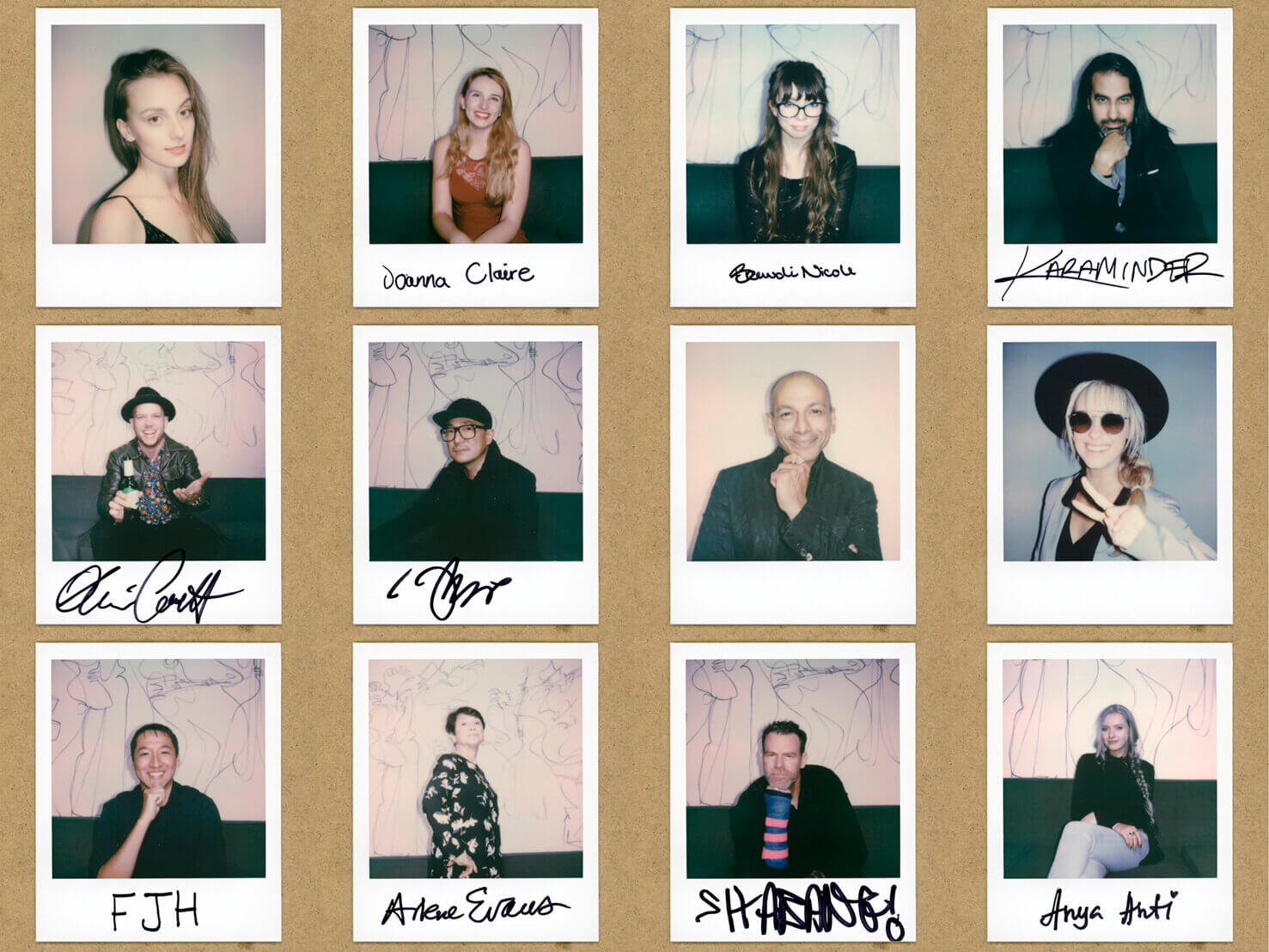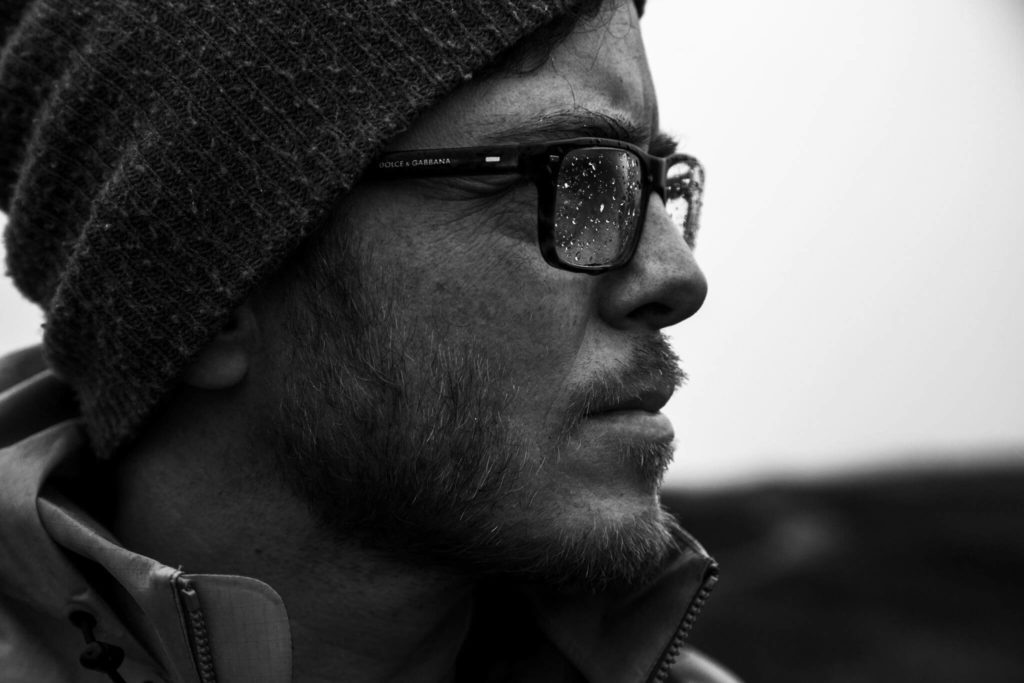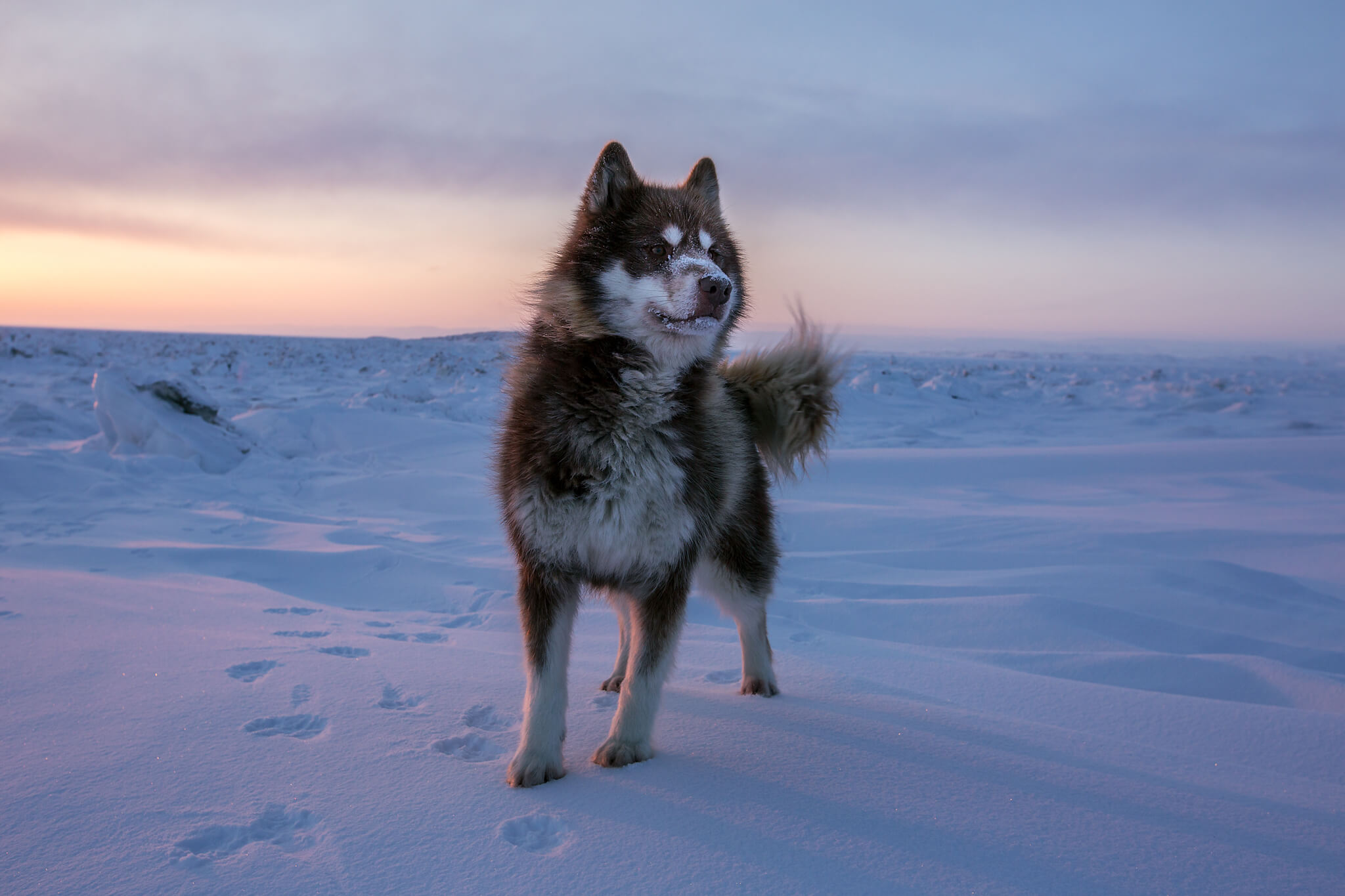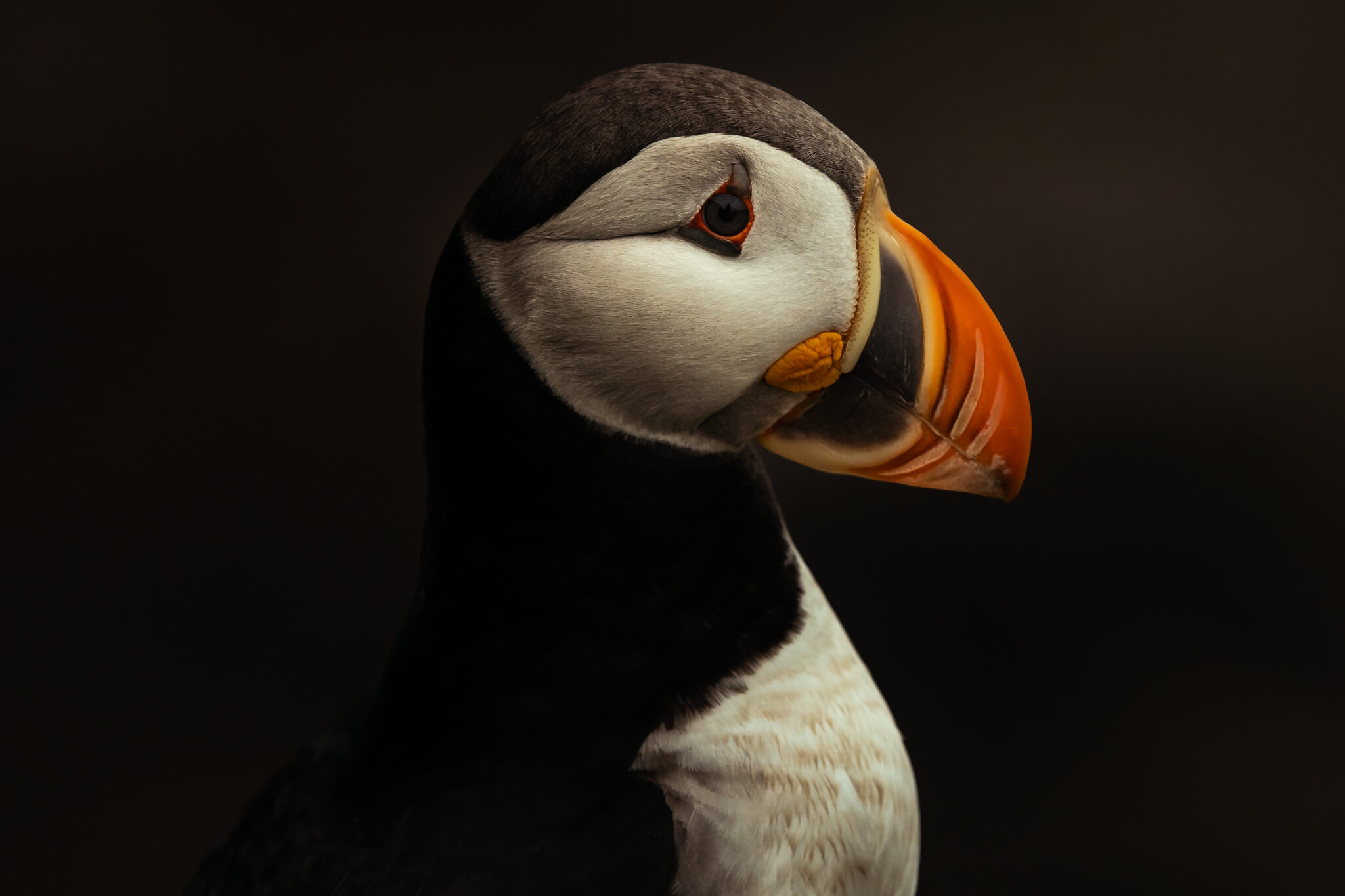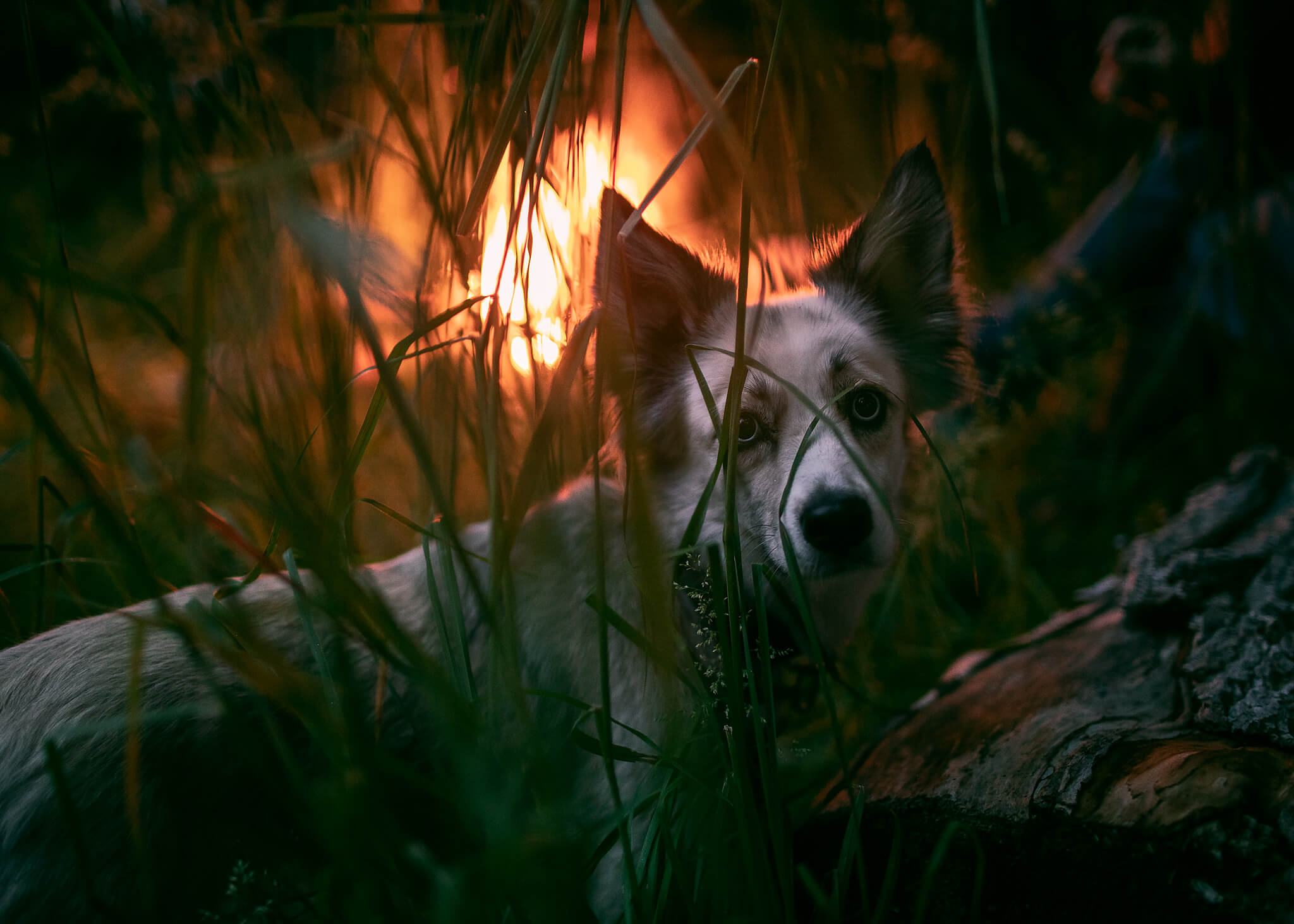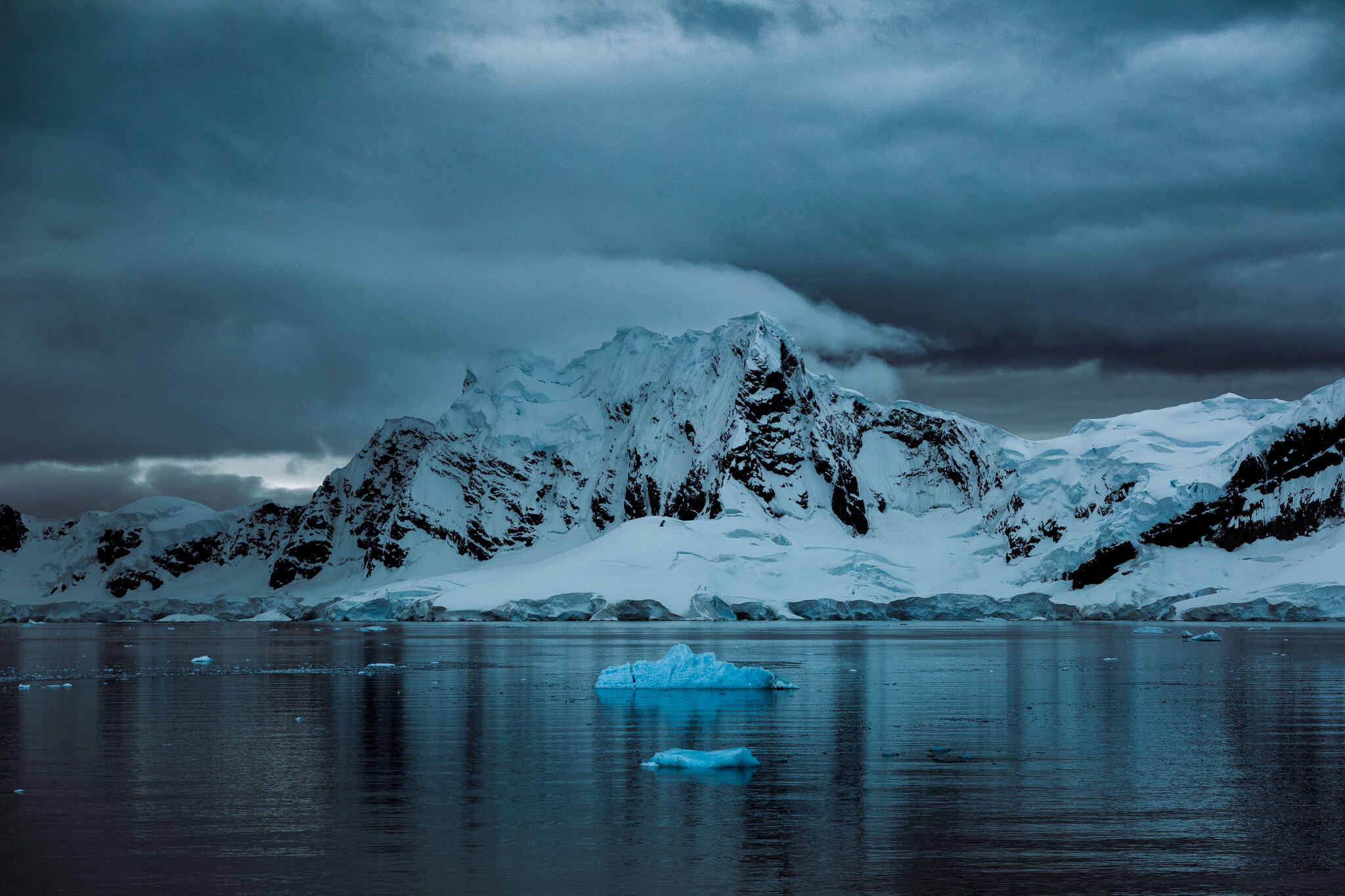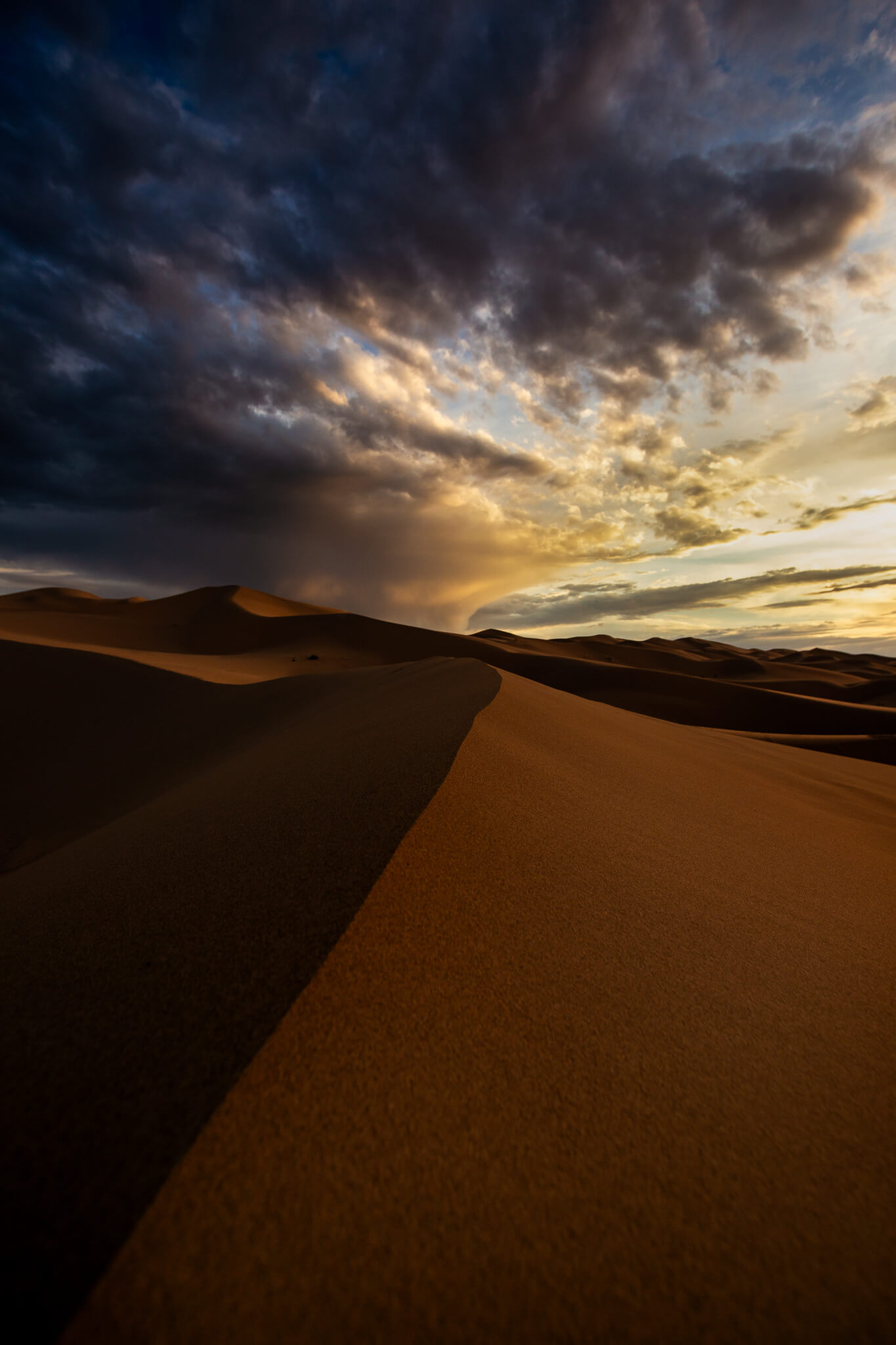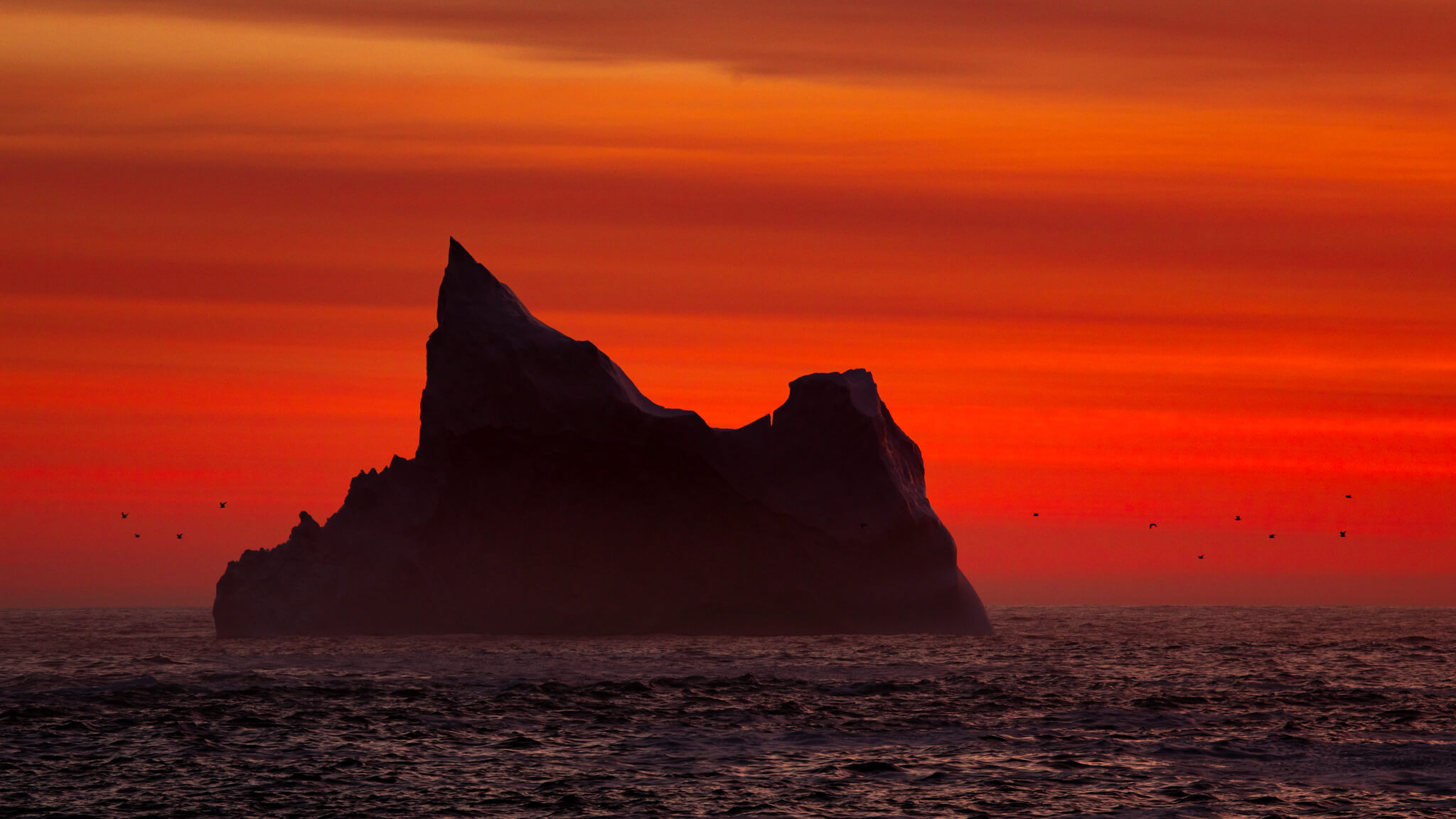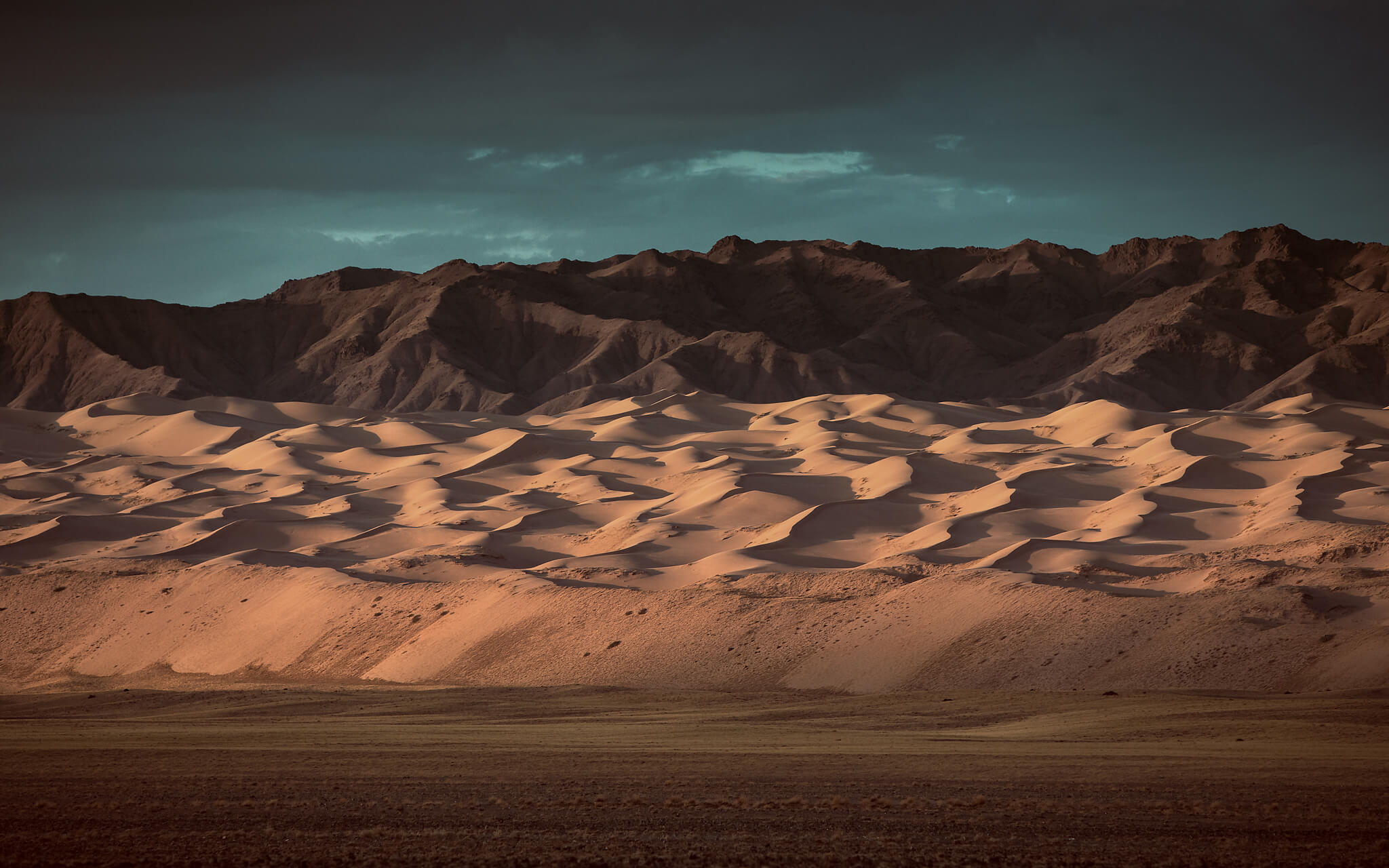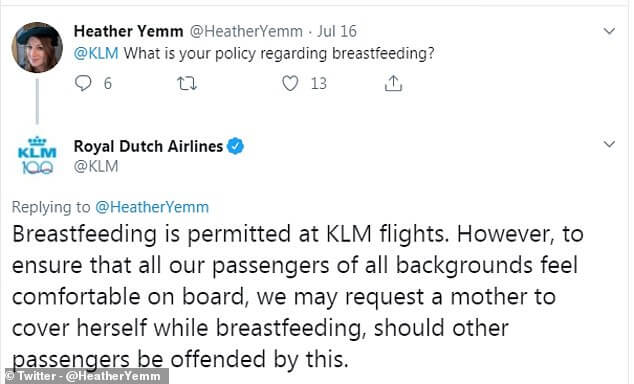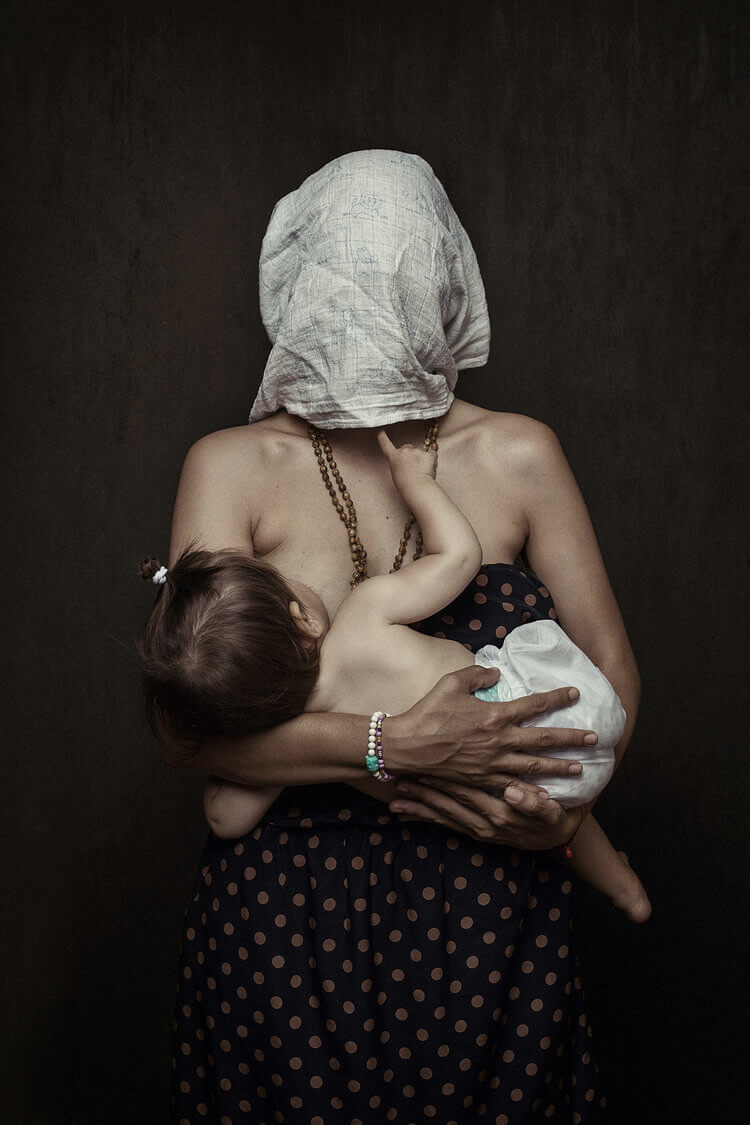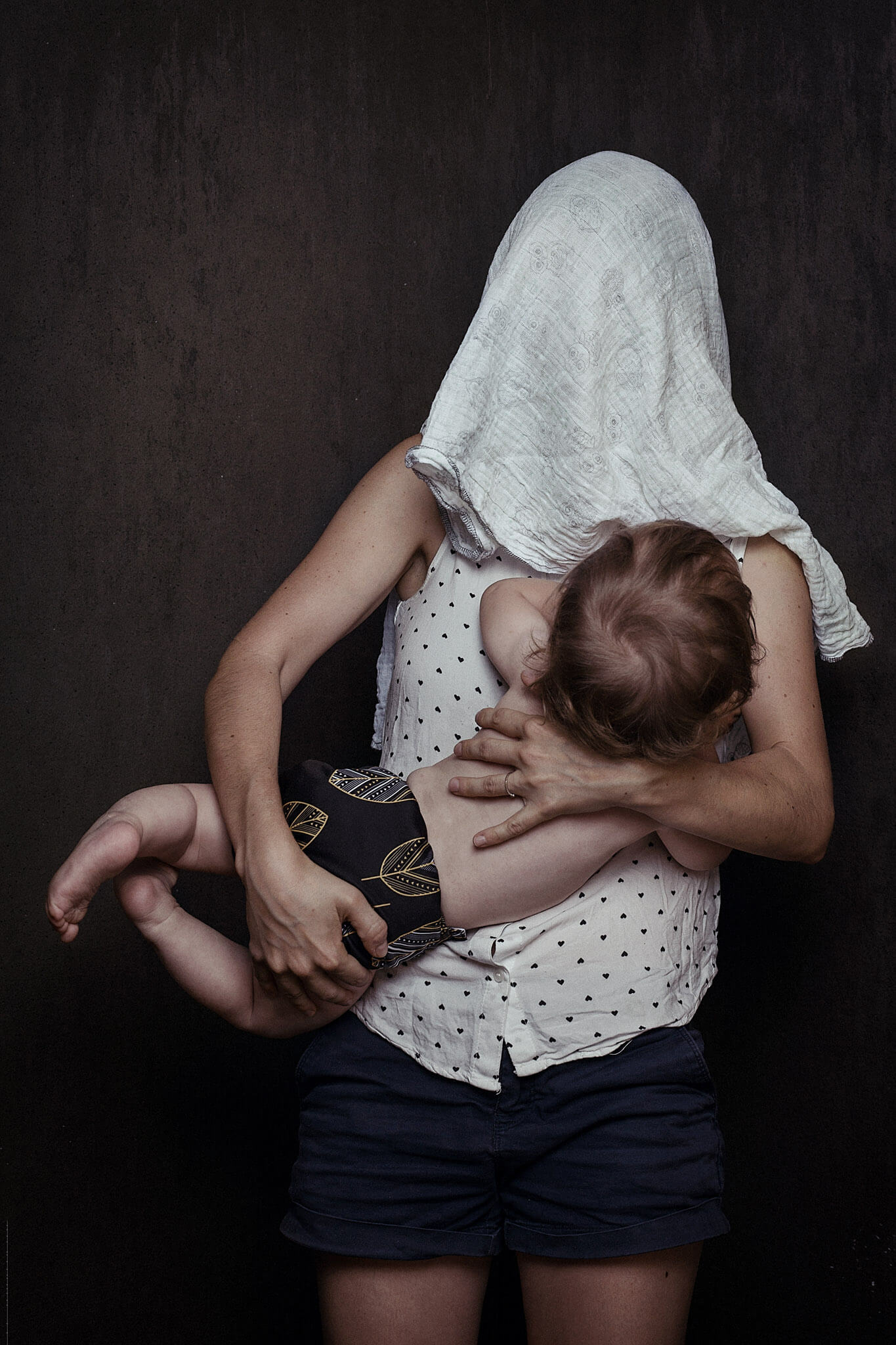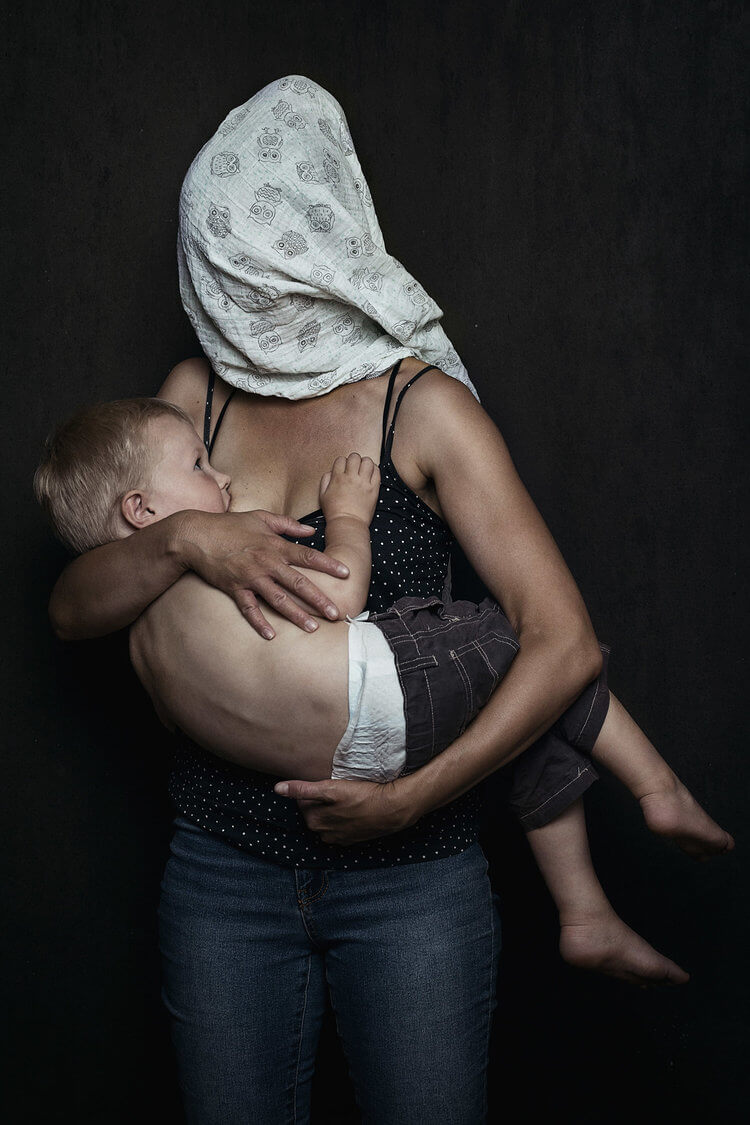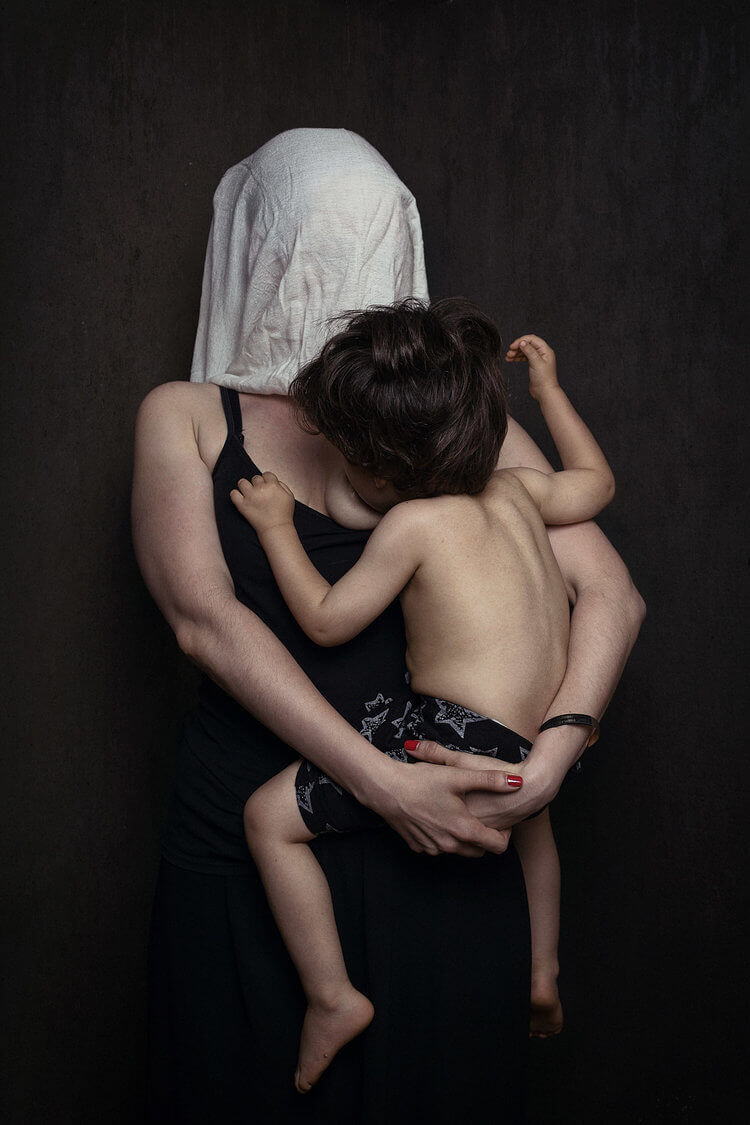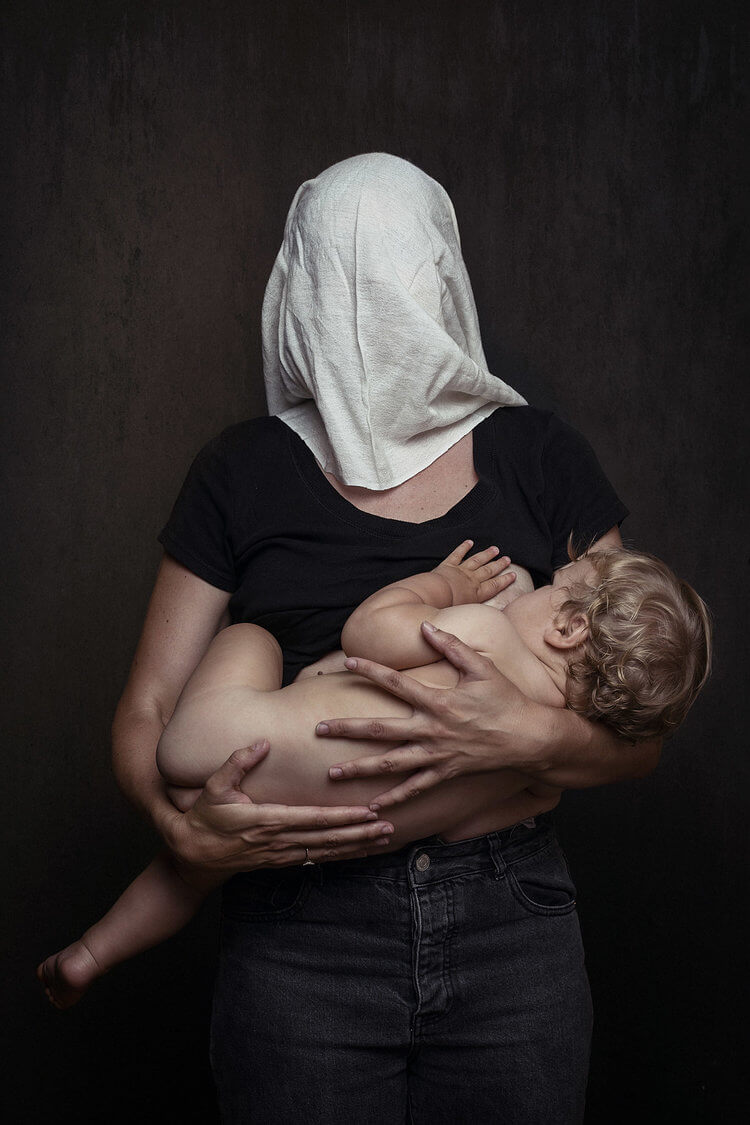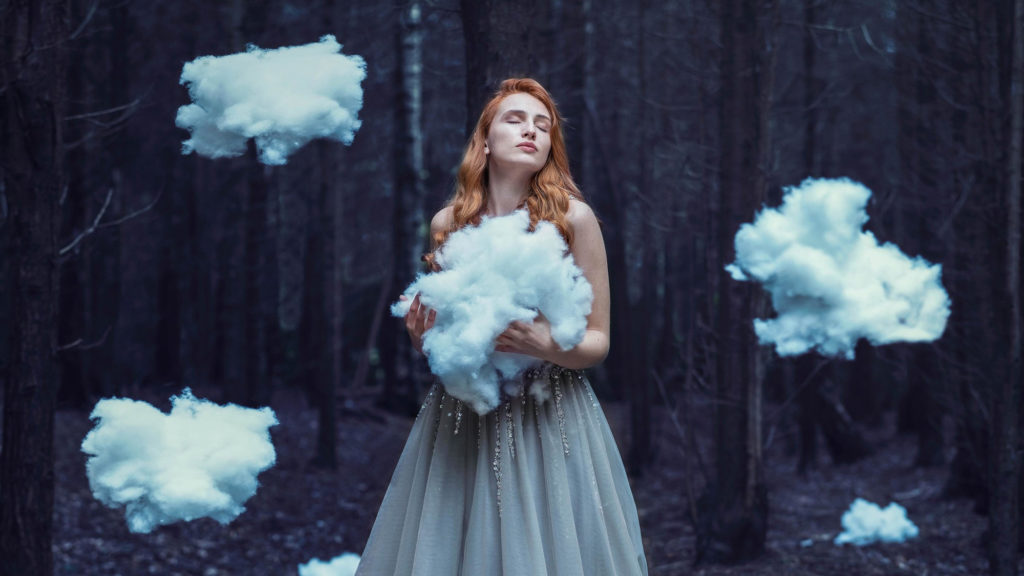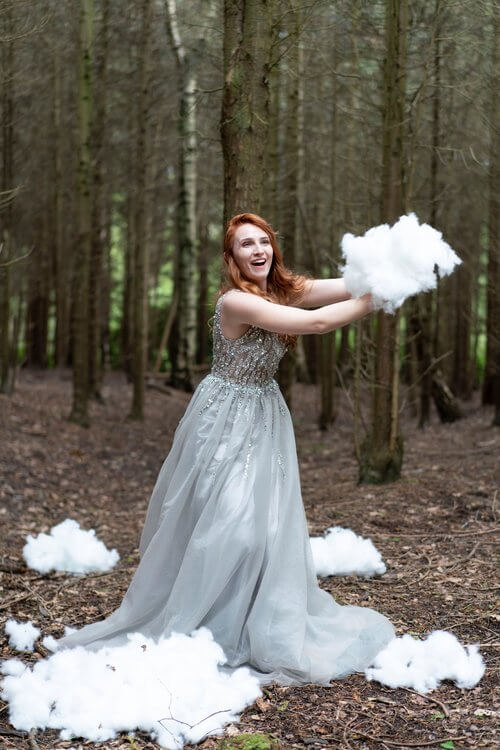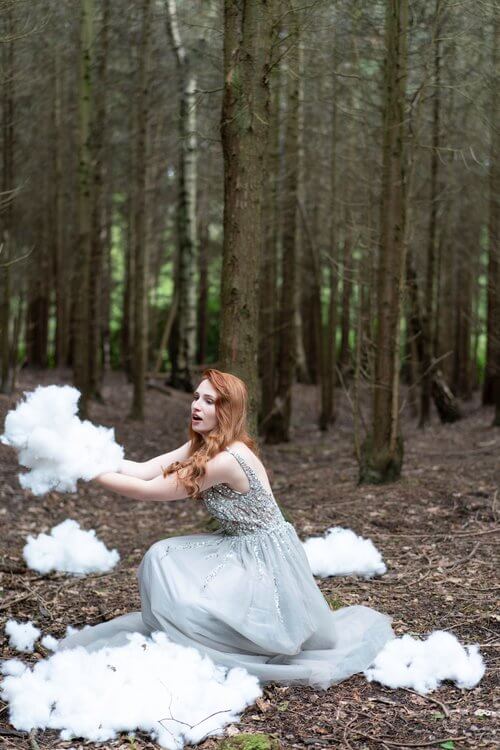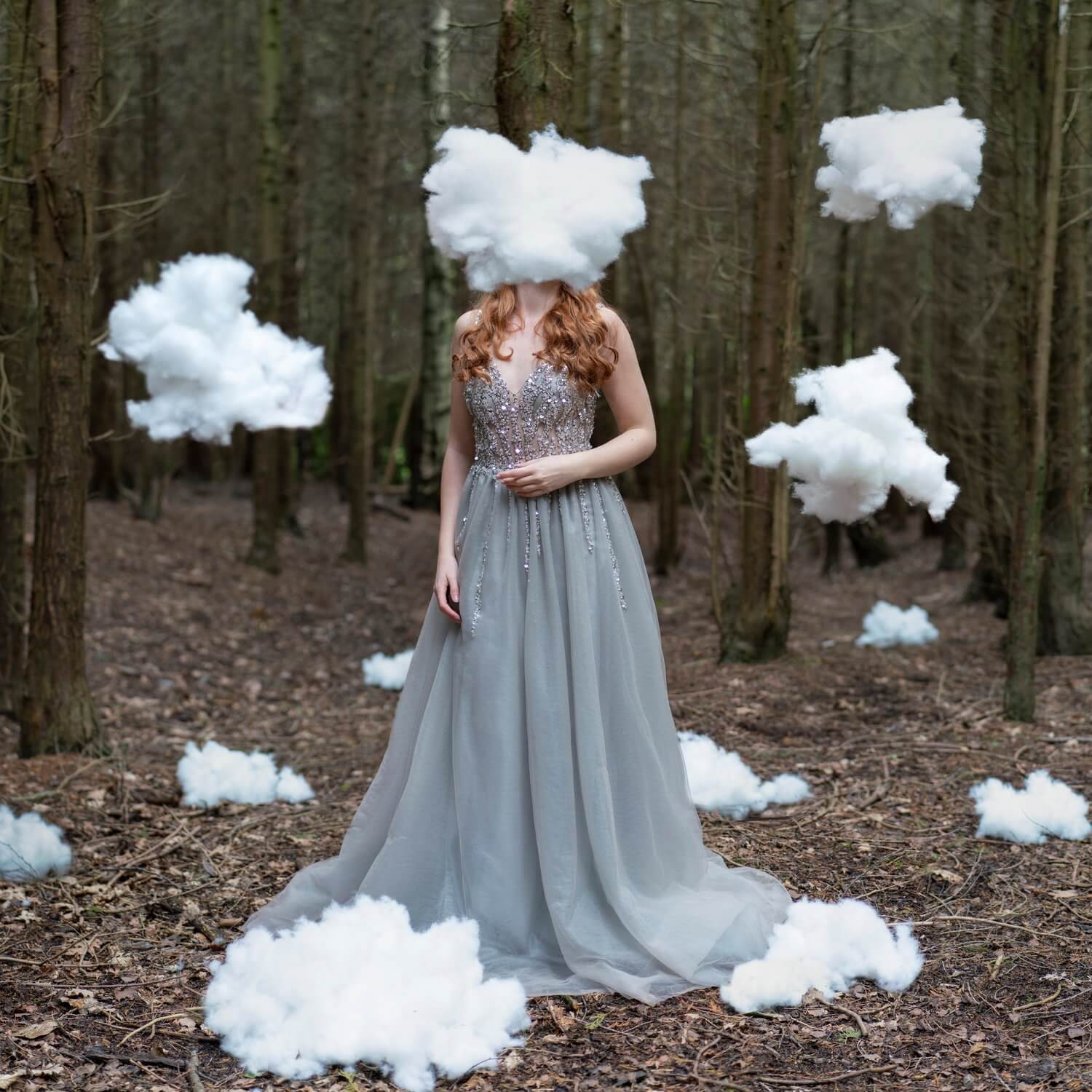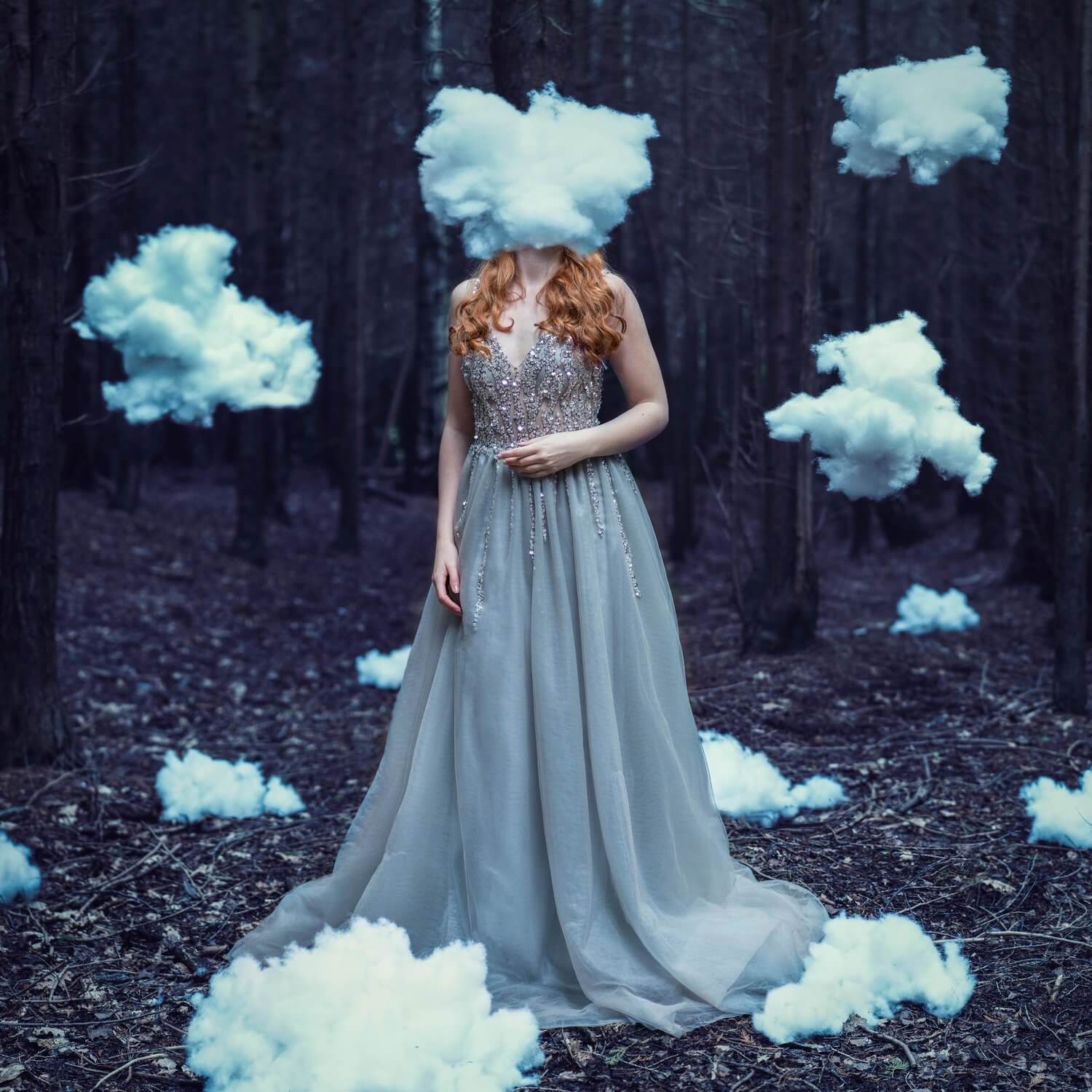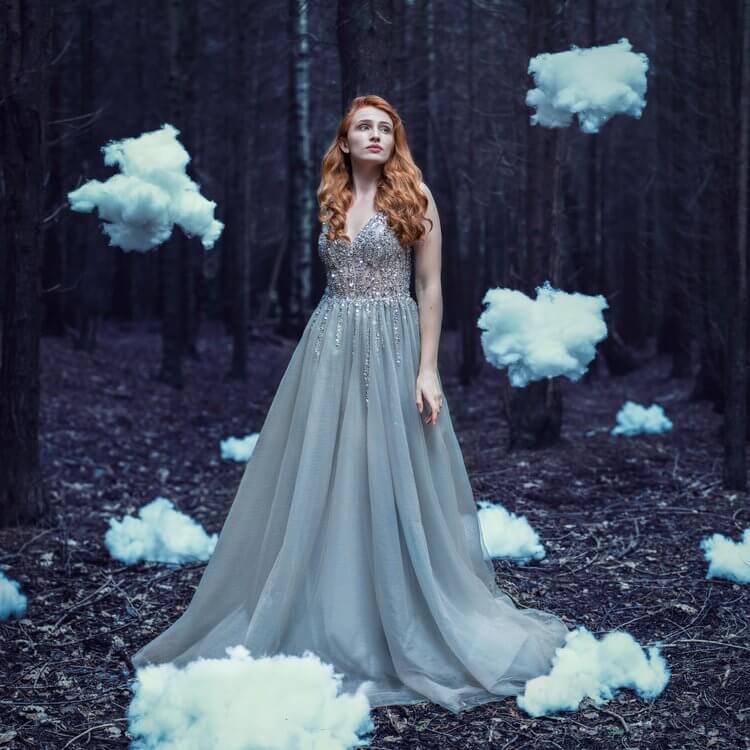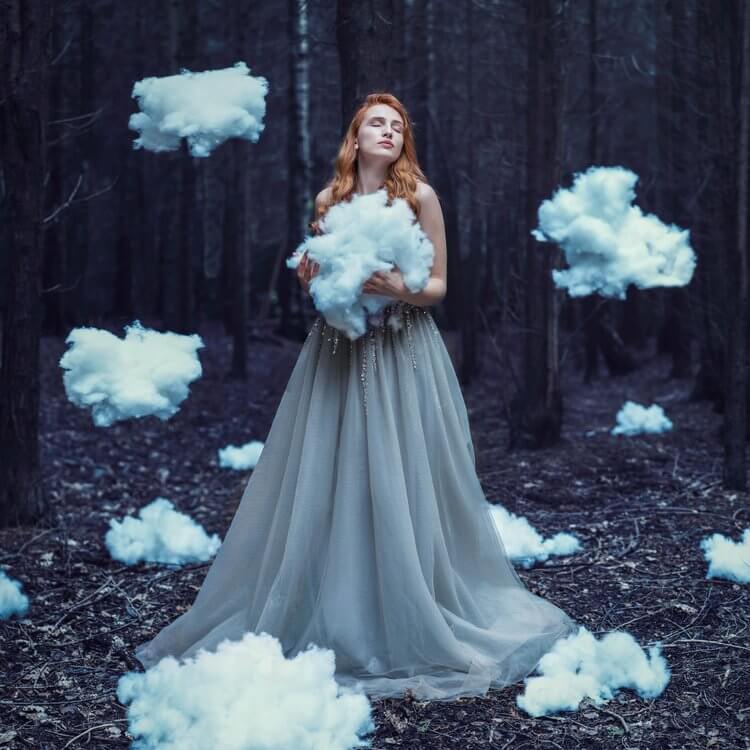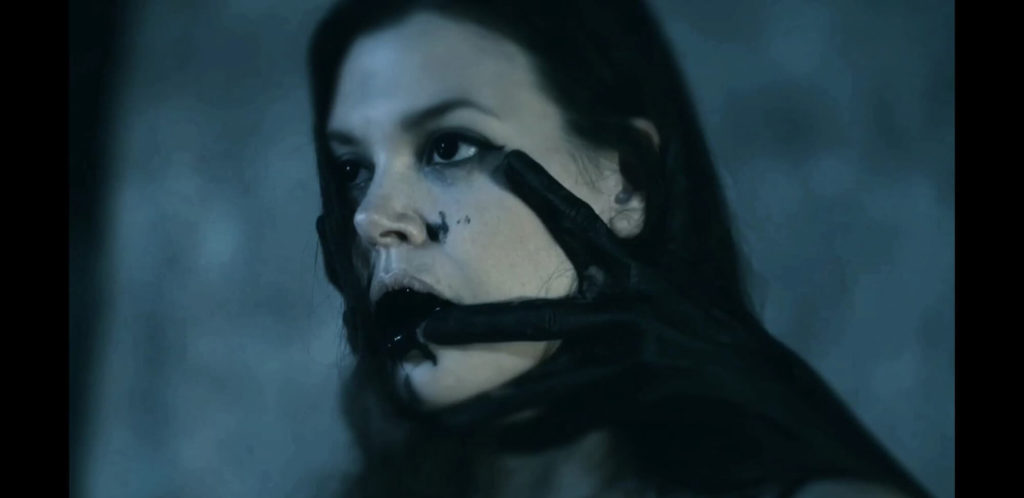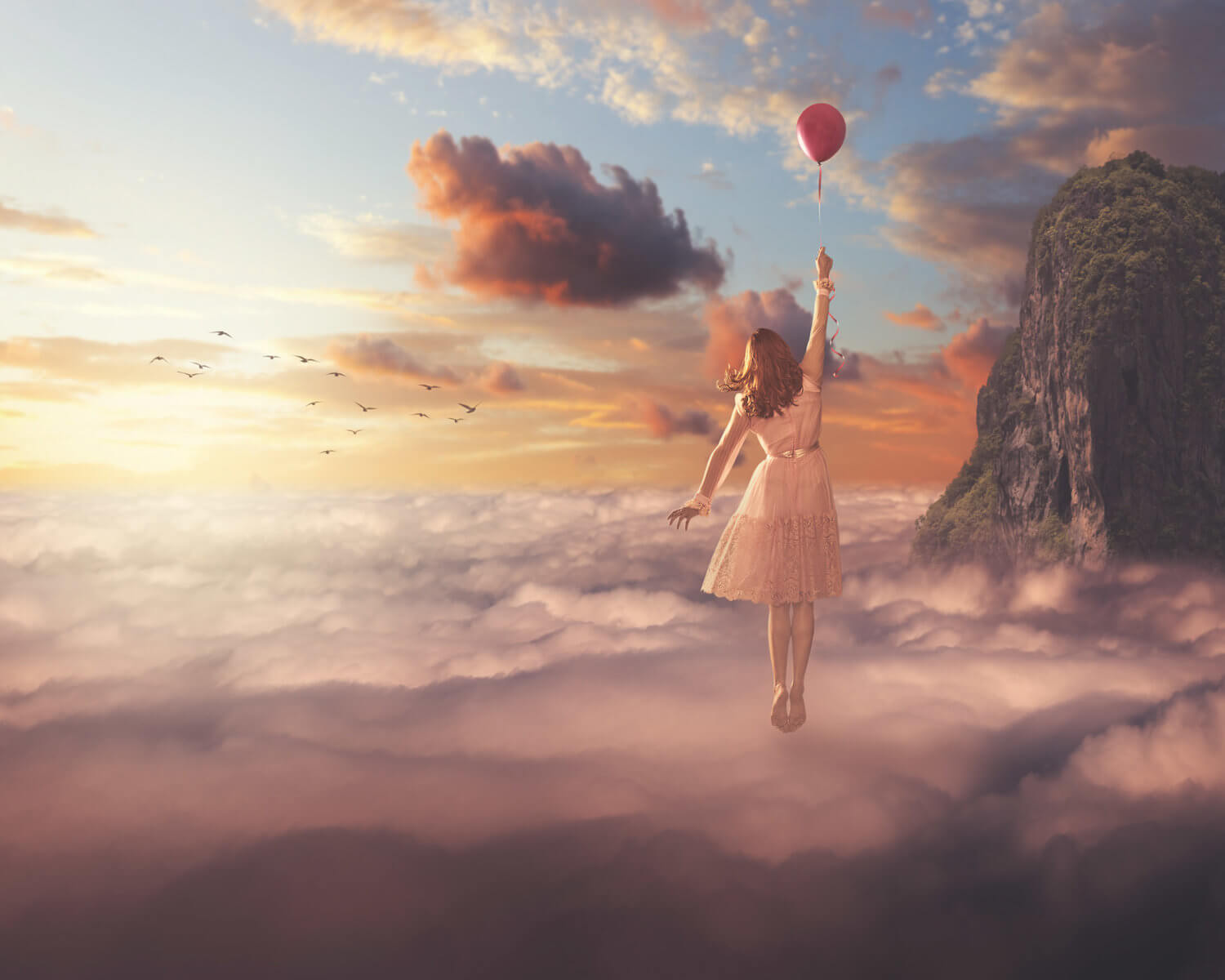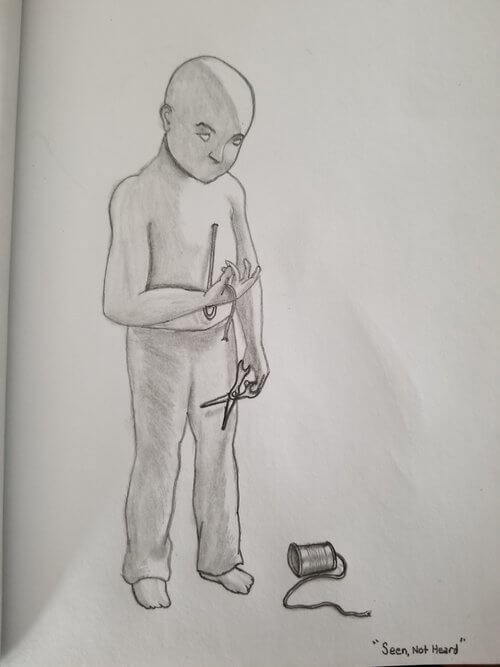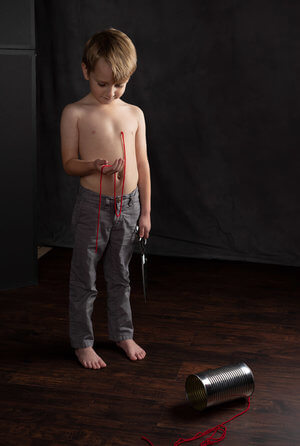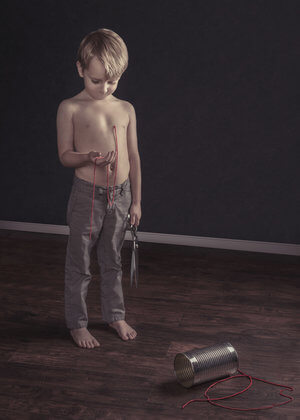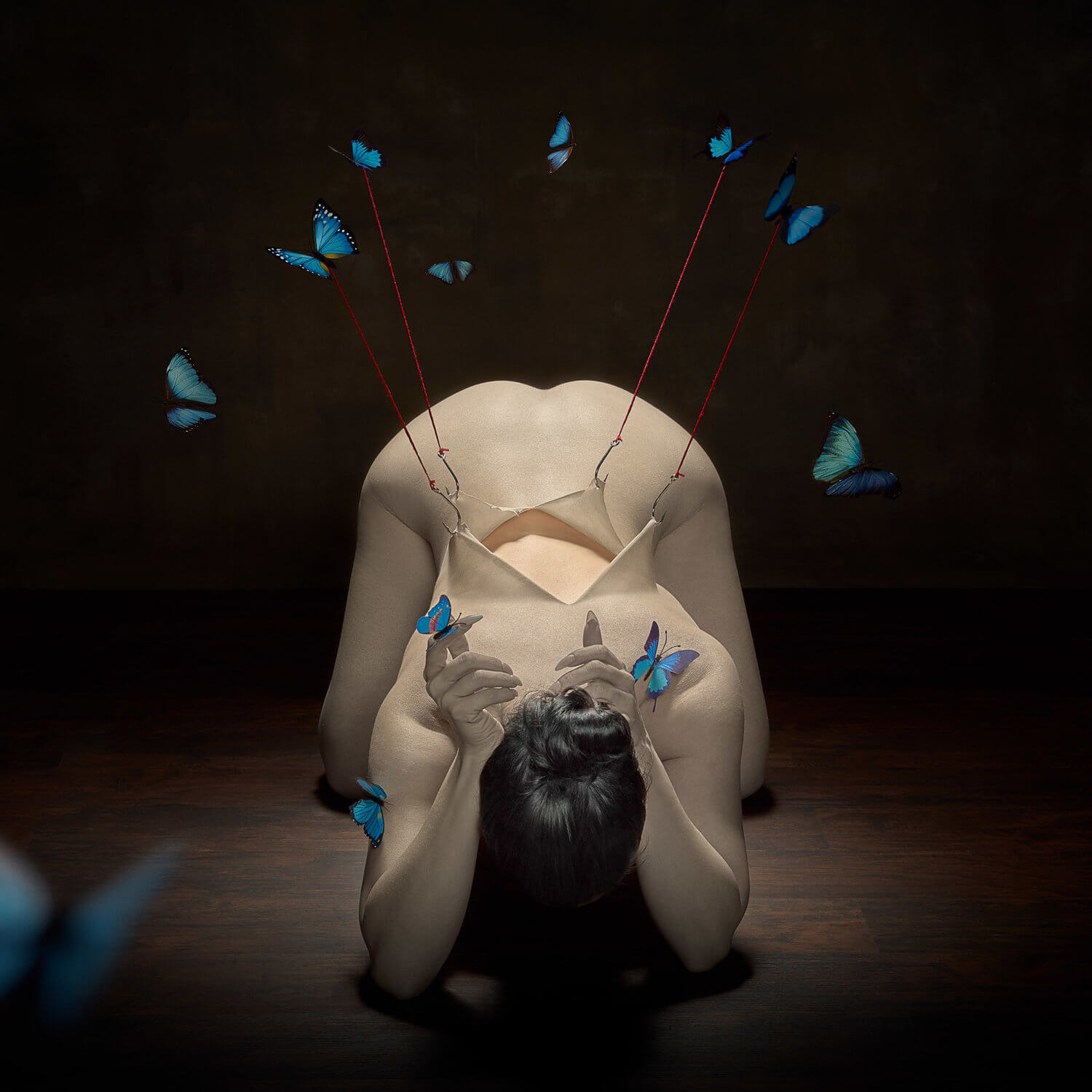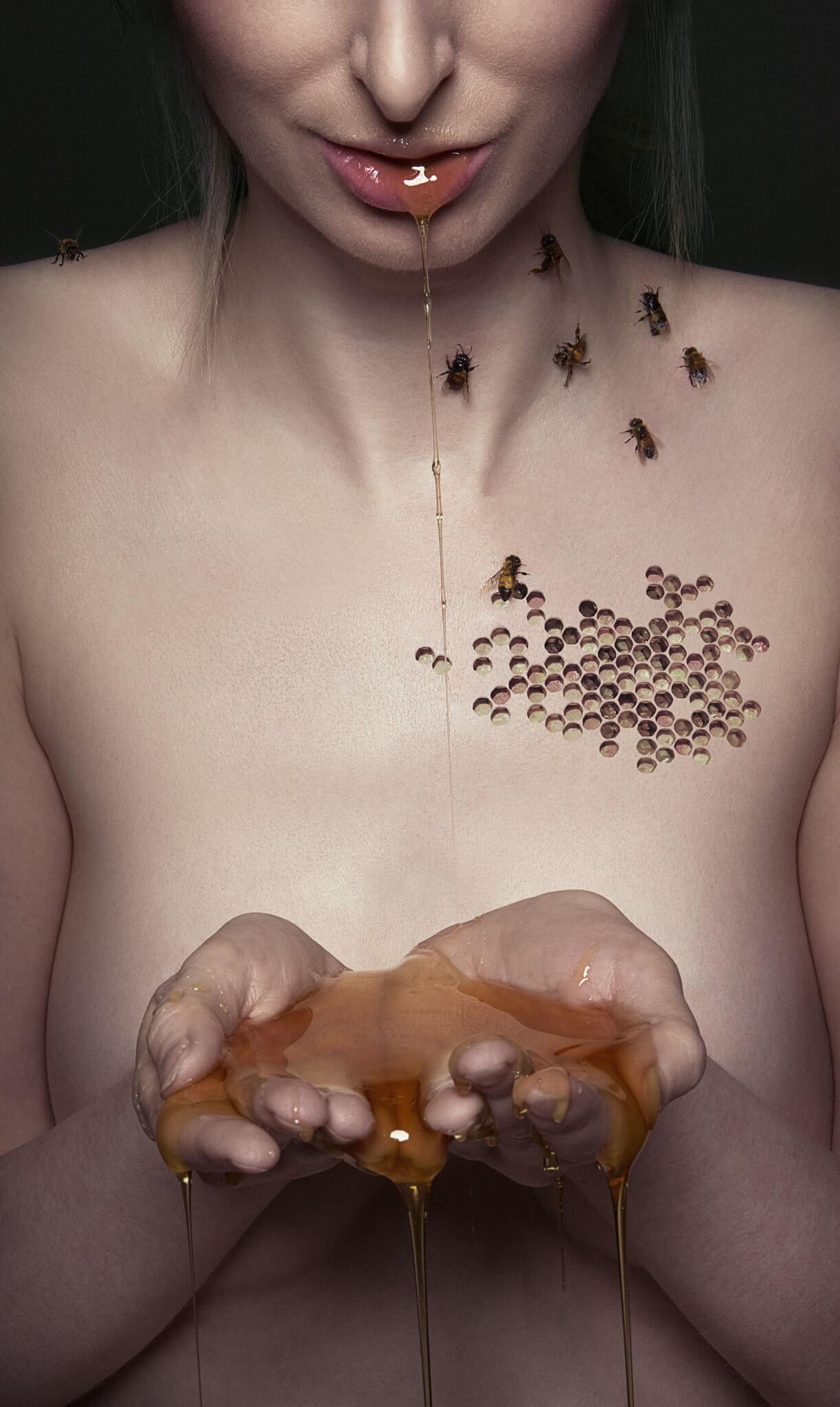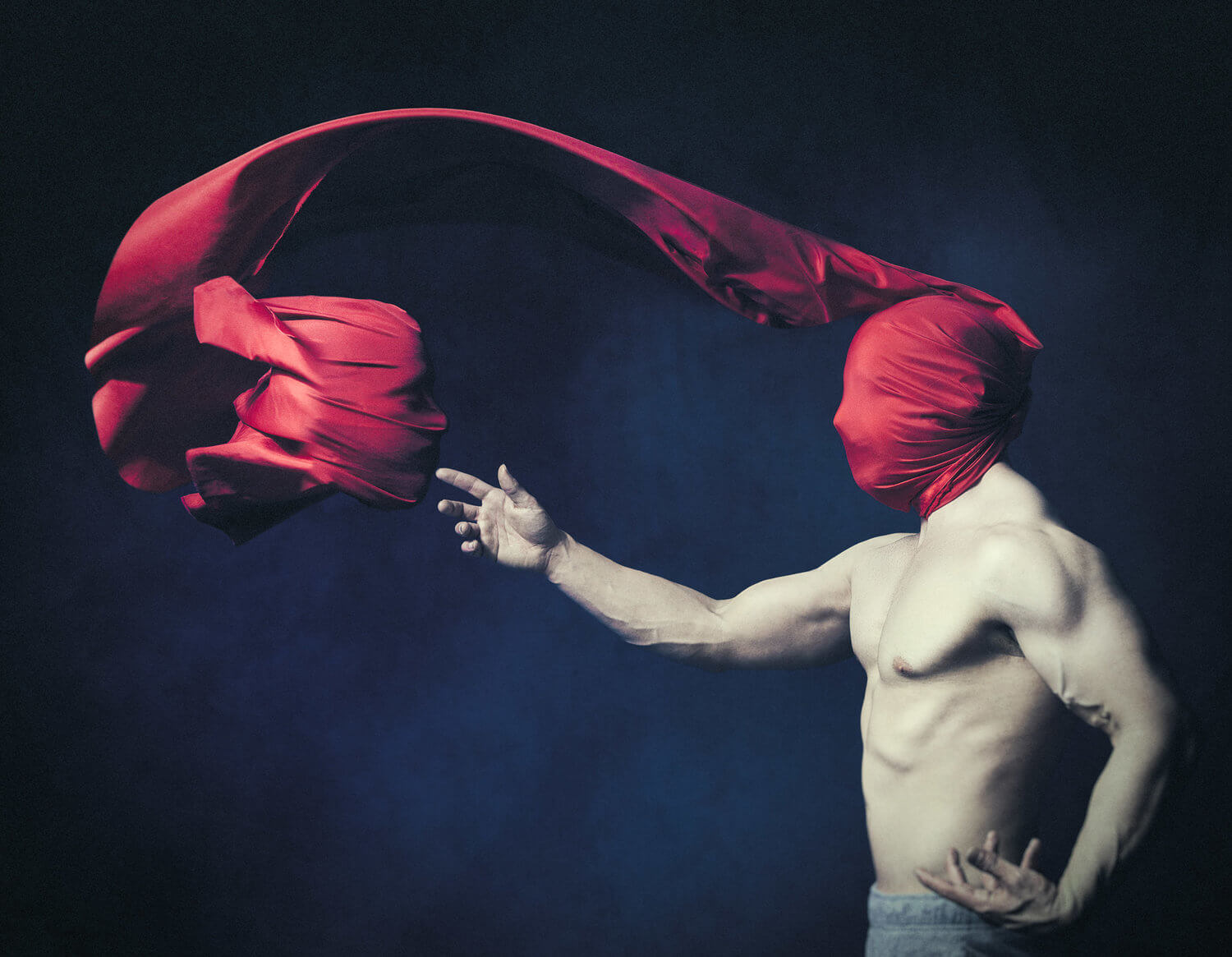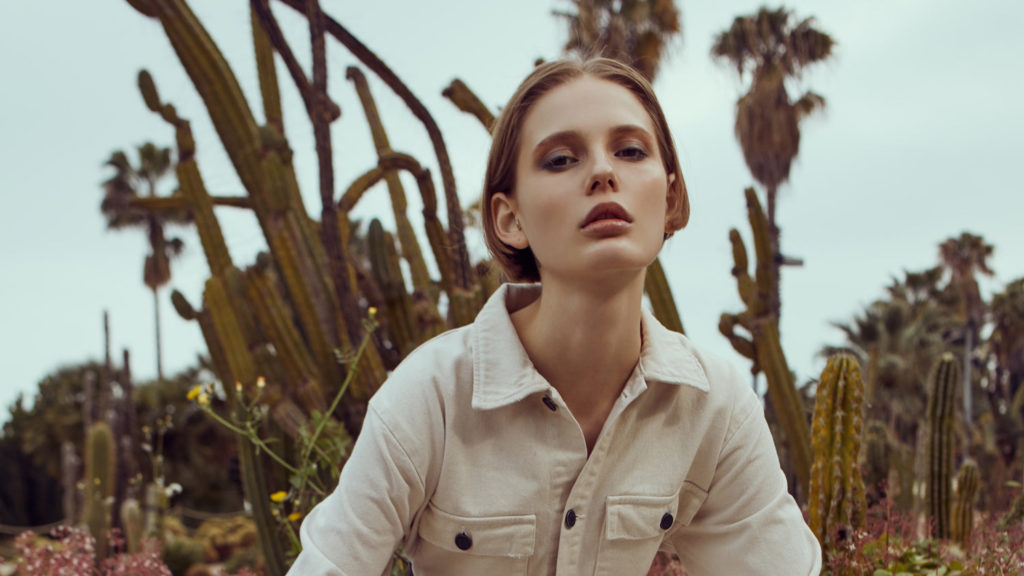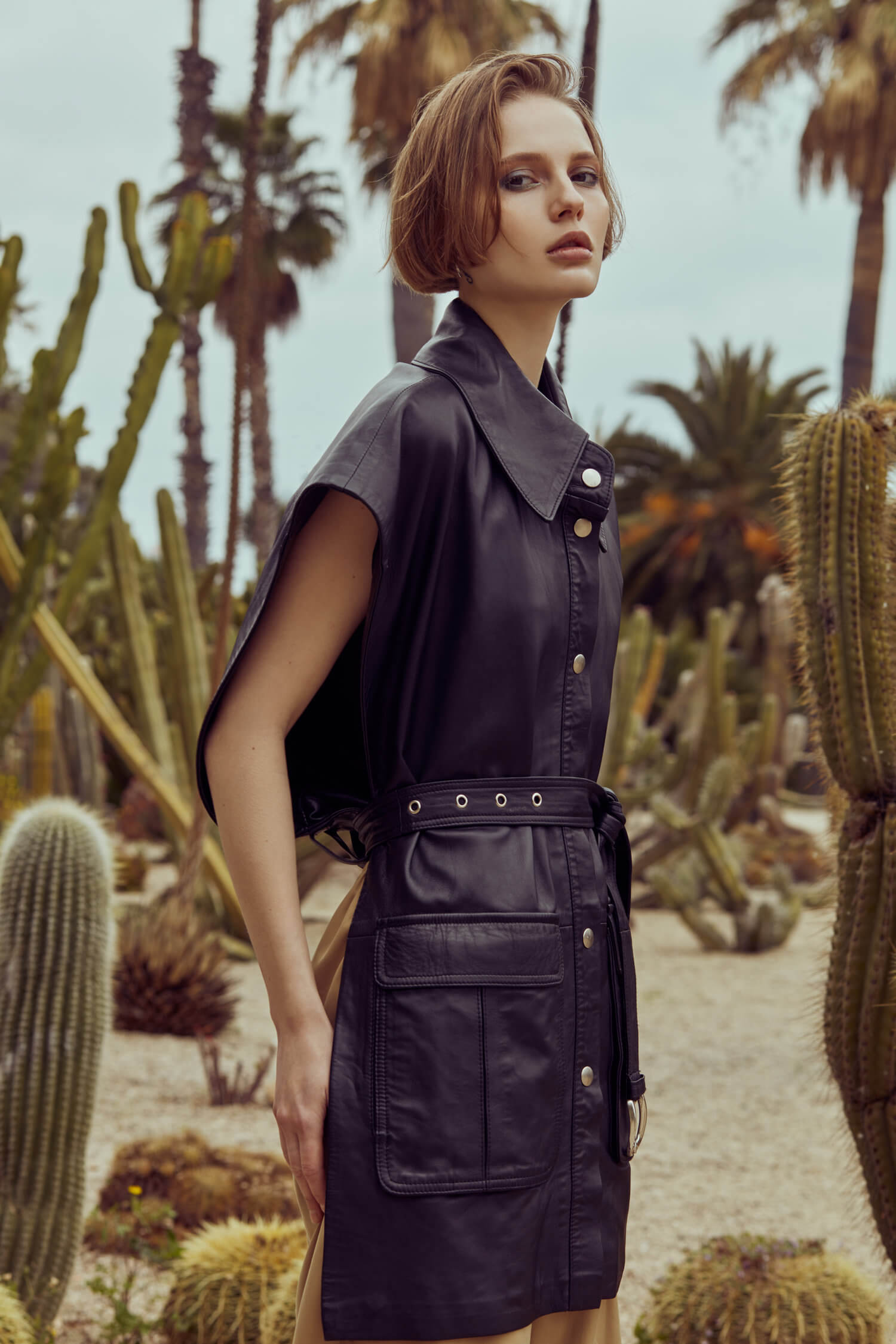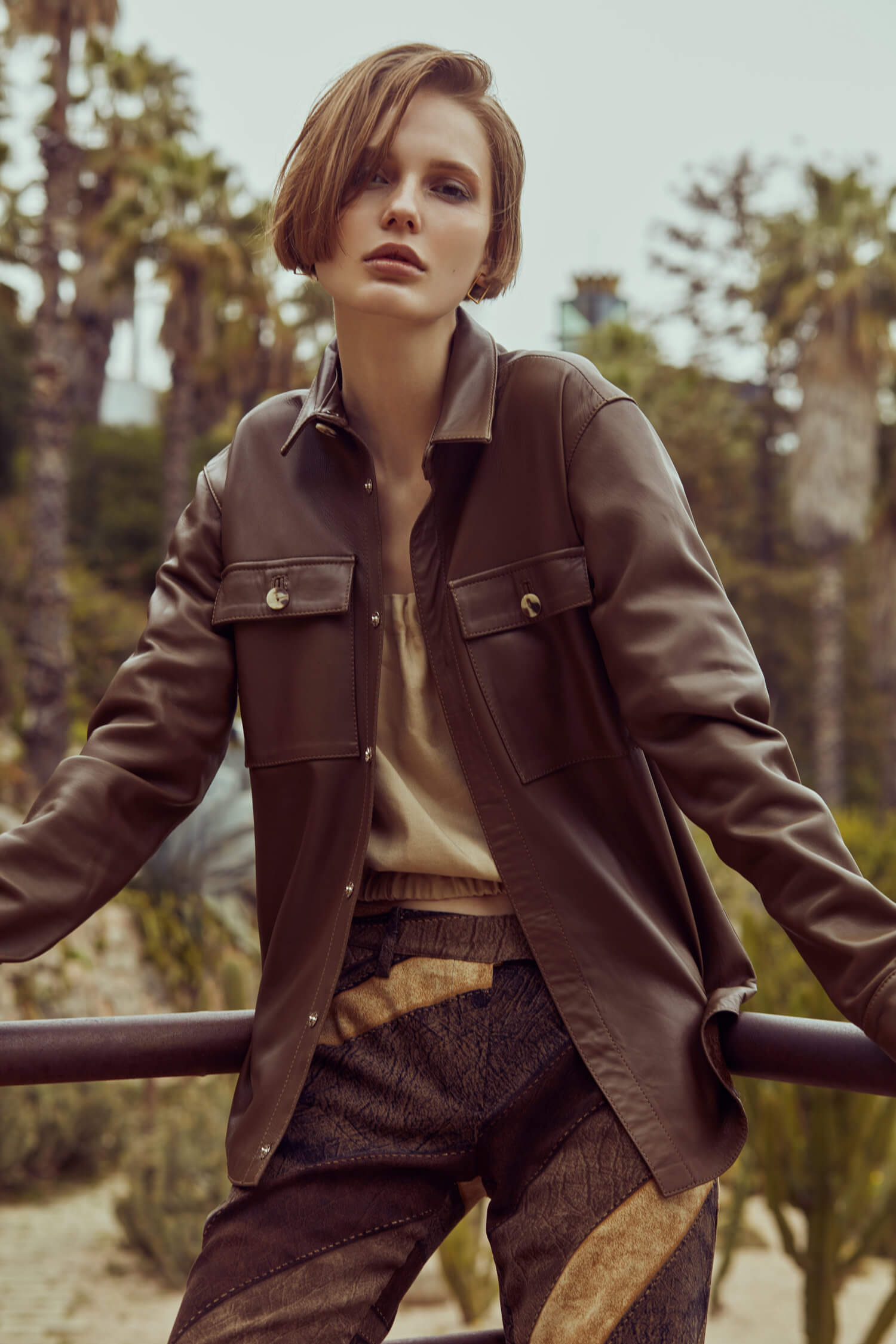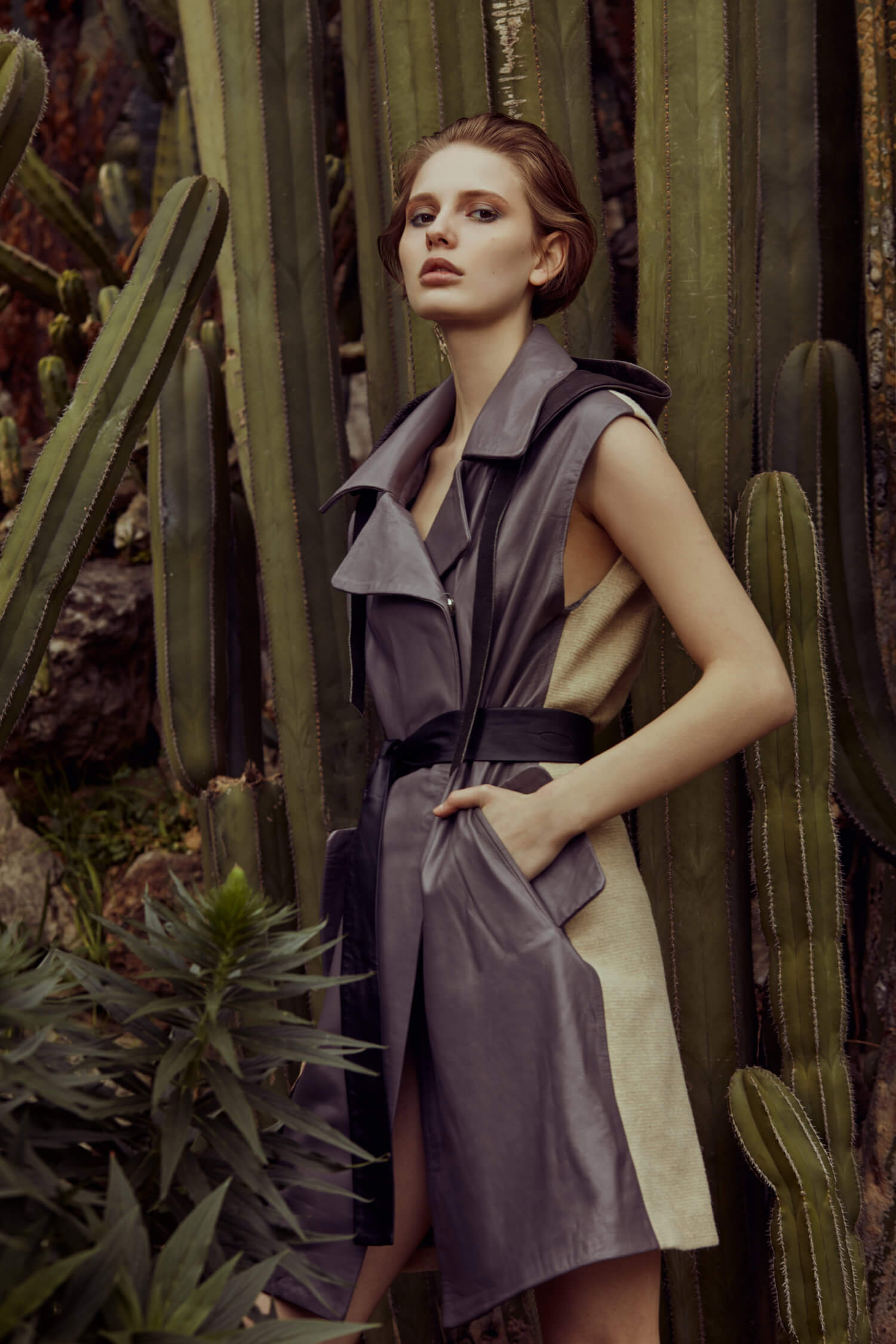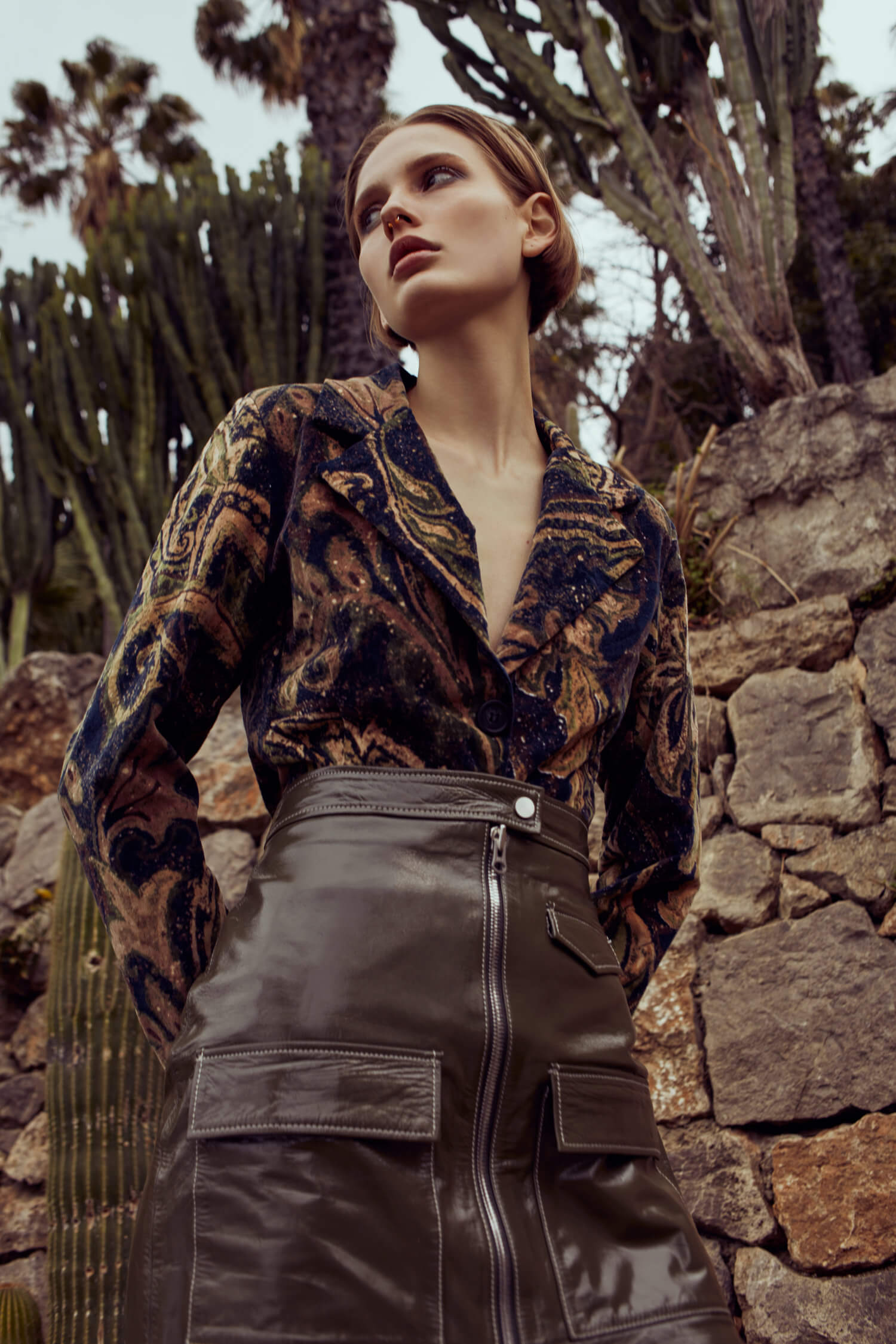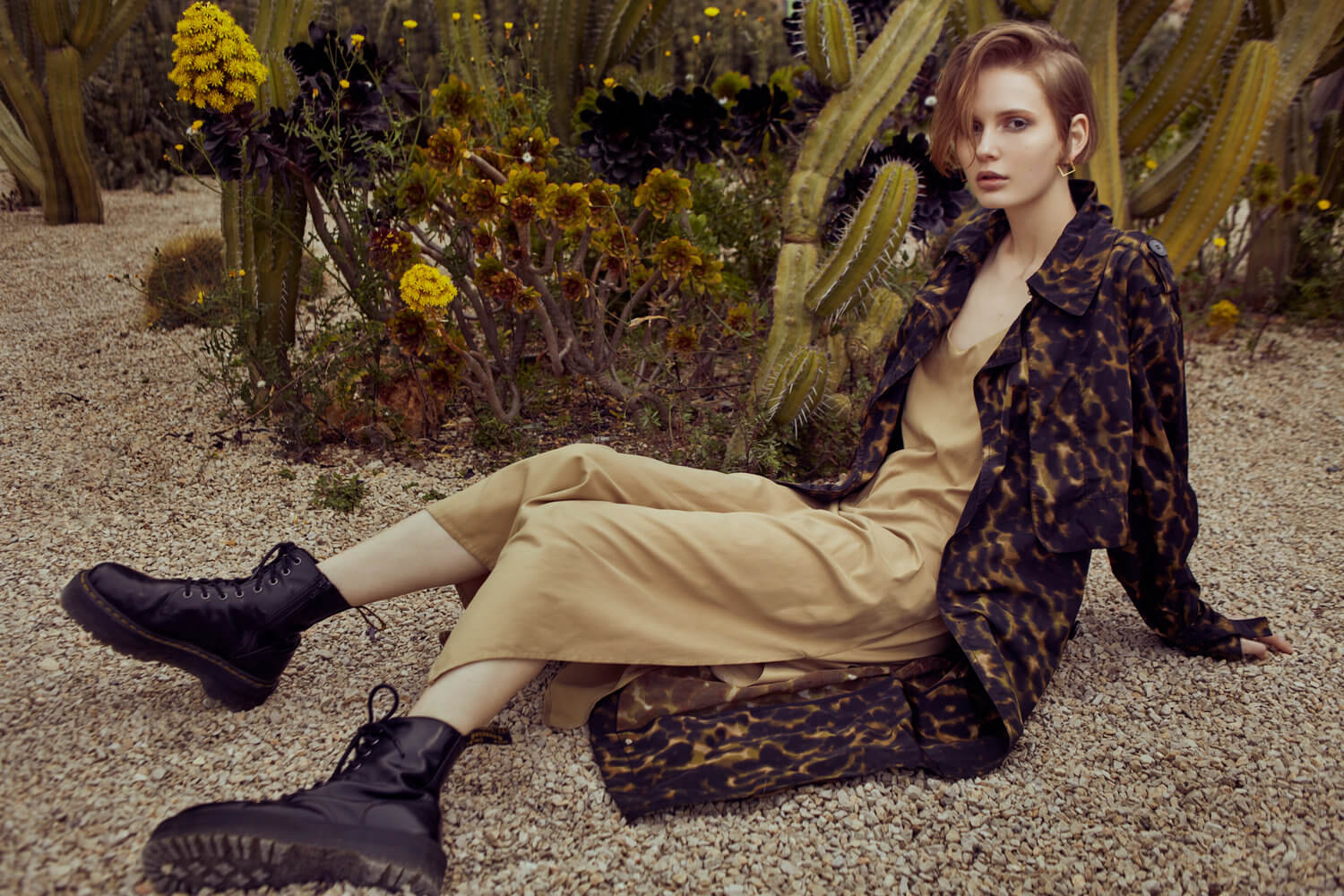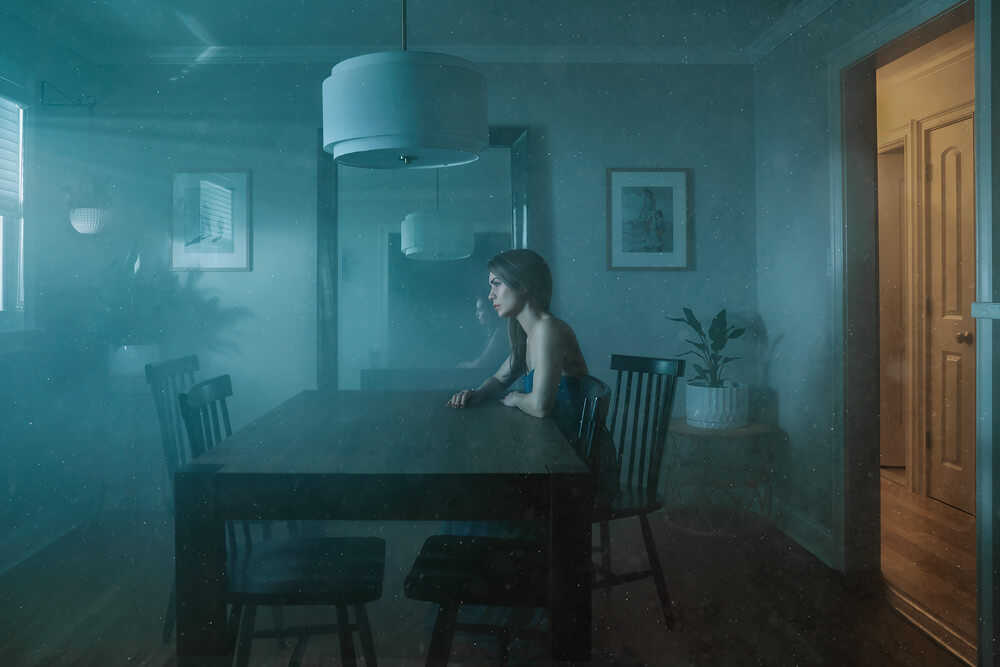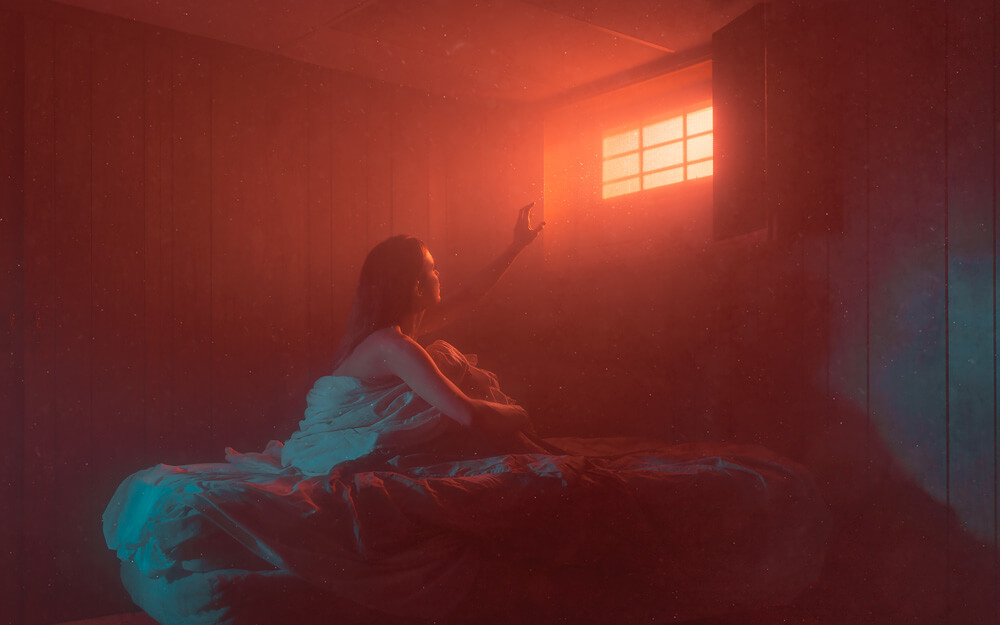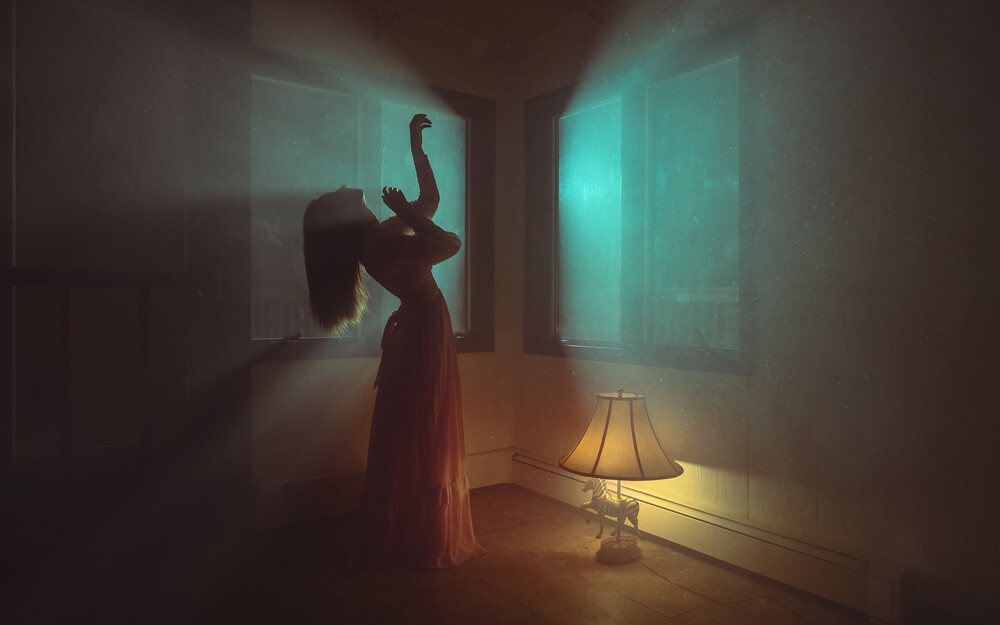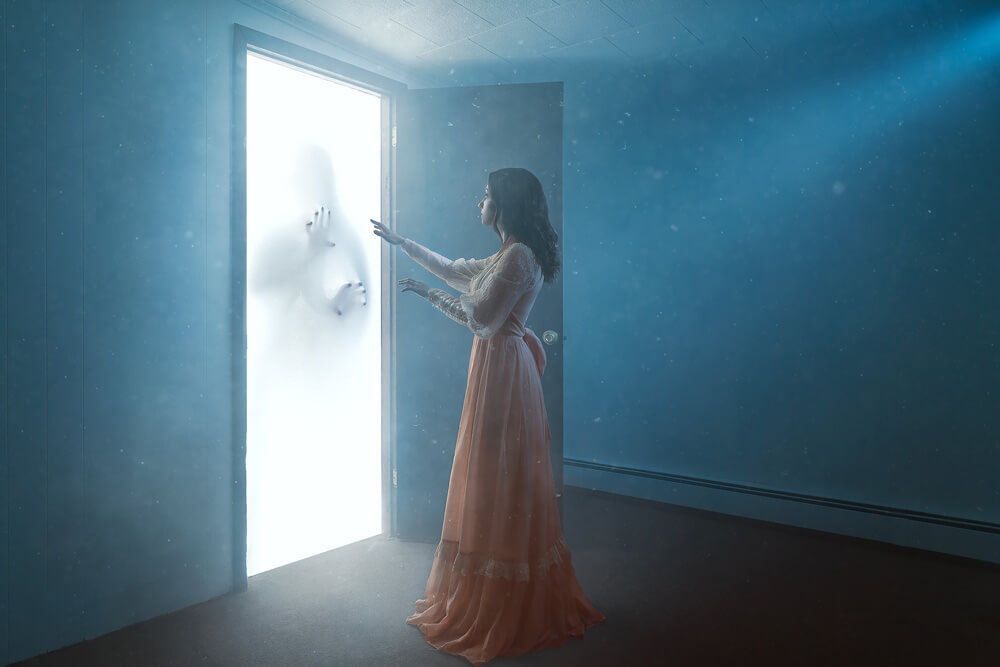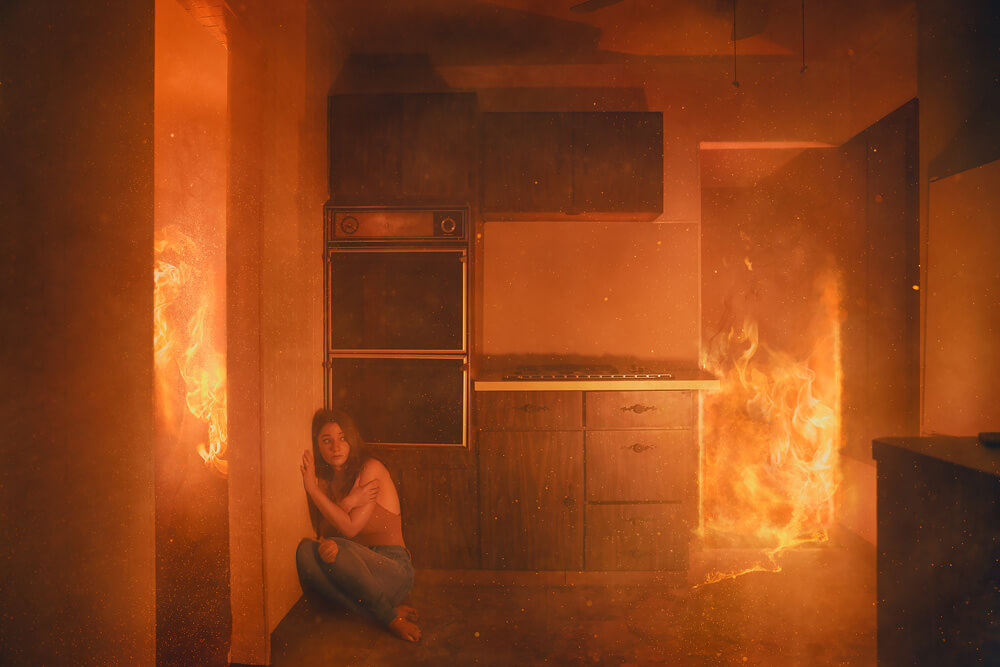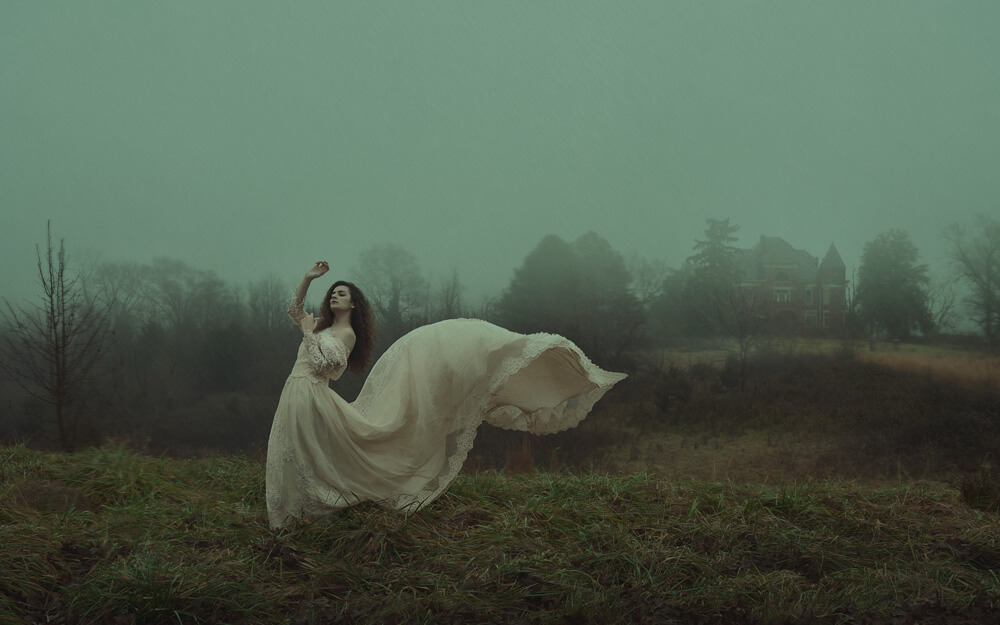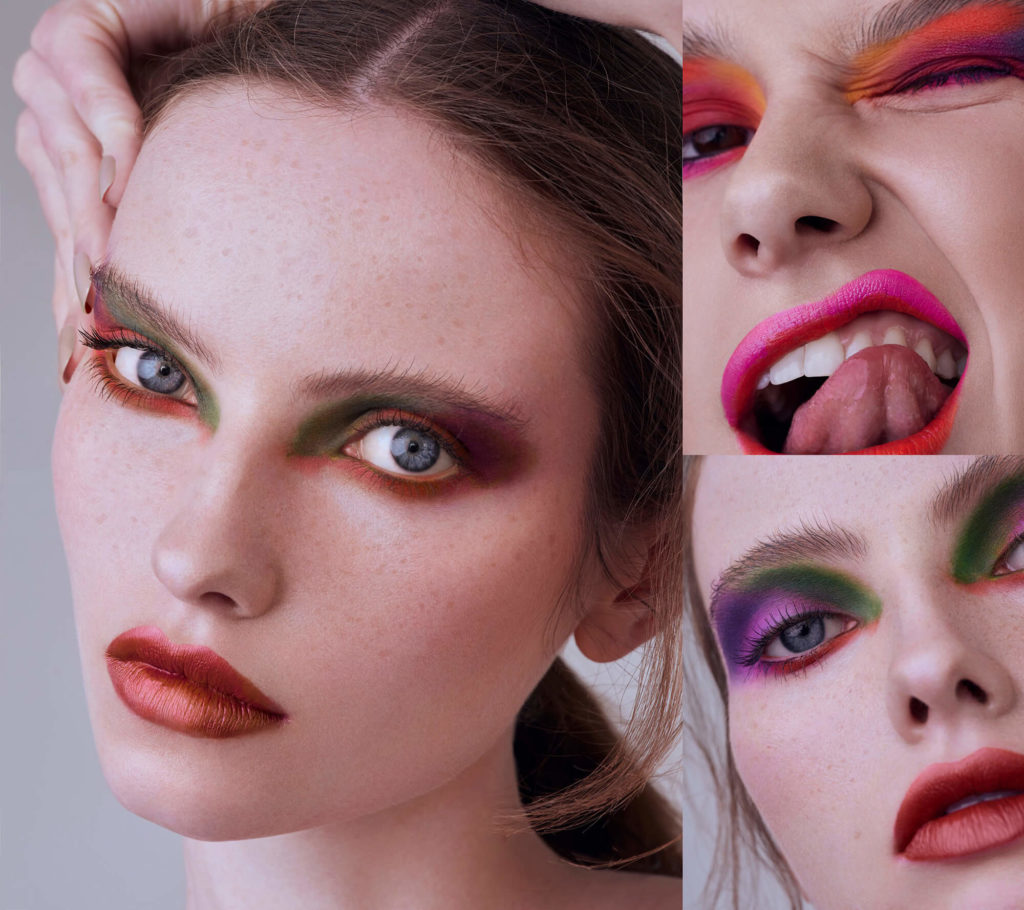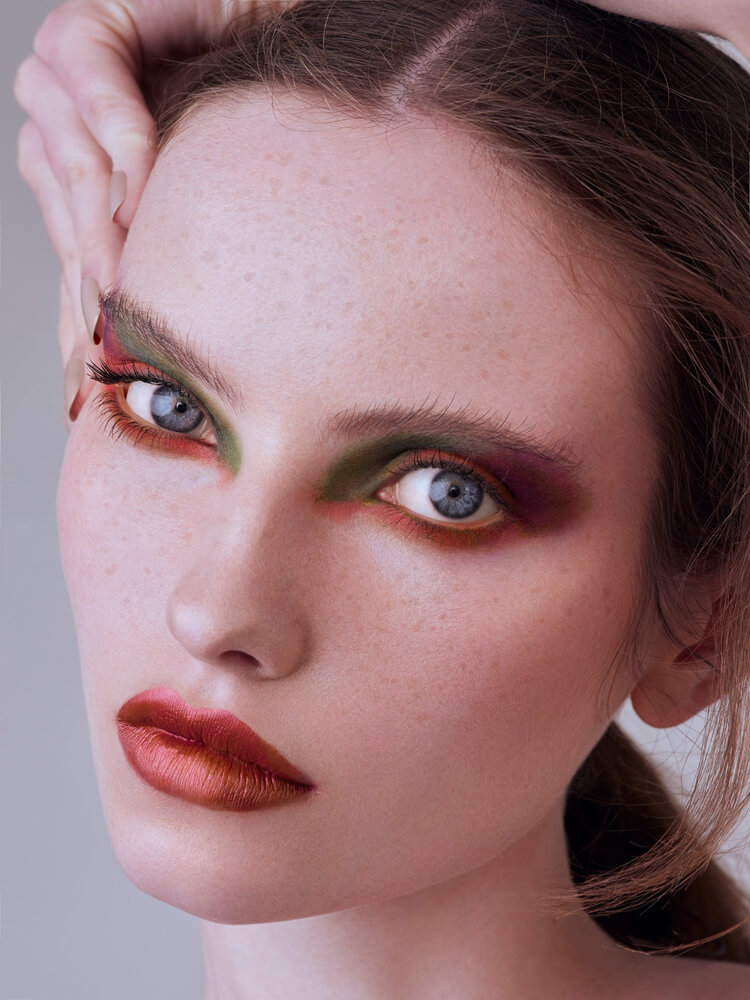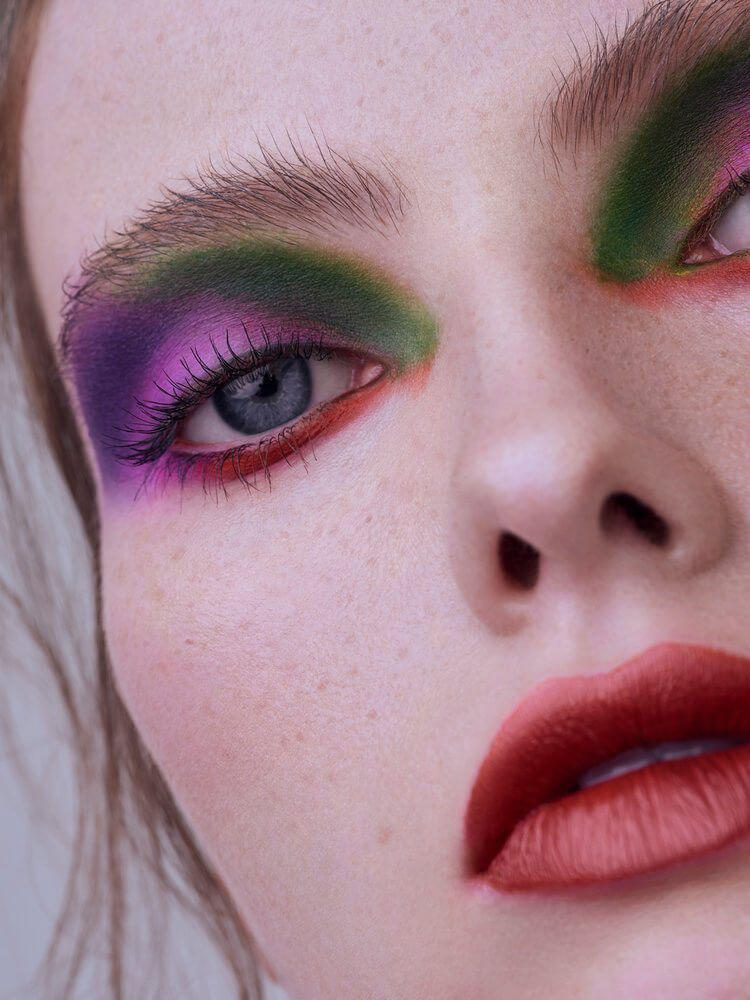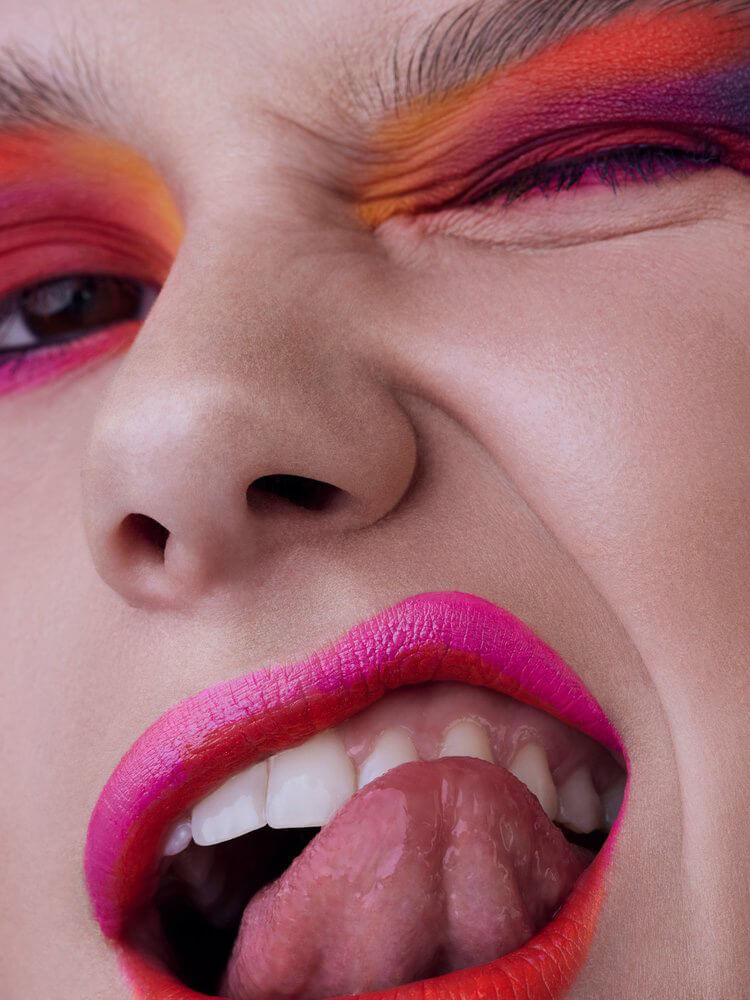In art, many concepts and methods can be applied across disciplines. The work of this following artist shows just that by how he blends his knowledge of photography with CGI and 3D rendering.

My name is Marius and I am a 26 year old freelance digital artist based in Hamburg, Germany. I specialize in the combination of 3D-rendering/CGI (computer generated imagery) and post production. The majority of my clients are advertising agencies working for food, product, and cosmetics/beauty brands.
When I was 15 years old we used to have those flip phones with a camera – guess what I used the phone for the most – exactly. My first time using an actual camera was when I was 18 – still using that 5D Mark III today.
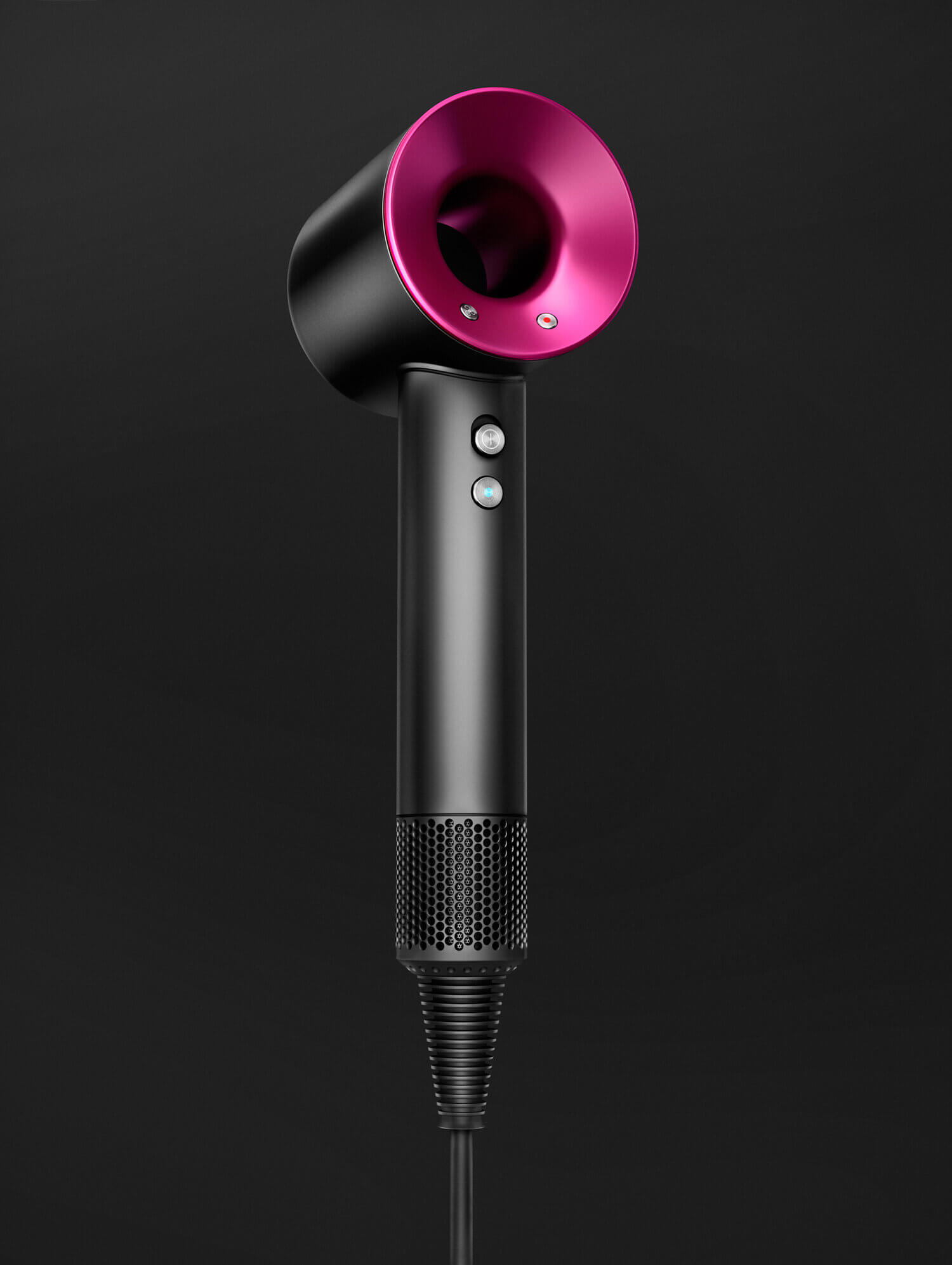
School never really suited me; I was every teacher’s worst nightmare and when I turned 18 I was finally able to drop out. That was probably the most important decision of my life.
It all began when I had my first client at age 16. I had the chance to edit video for instruction manuals and product presentations. This led to working with CAD files and experimenting with 3D software. I was addicted to learning about the industry and experimenting with the endless possibilities my newly discovered virtual world was opening up. At 18, a small 3D animation studio in Cologne hired me for an internship early 2013.
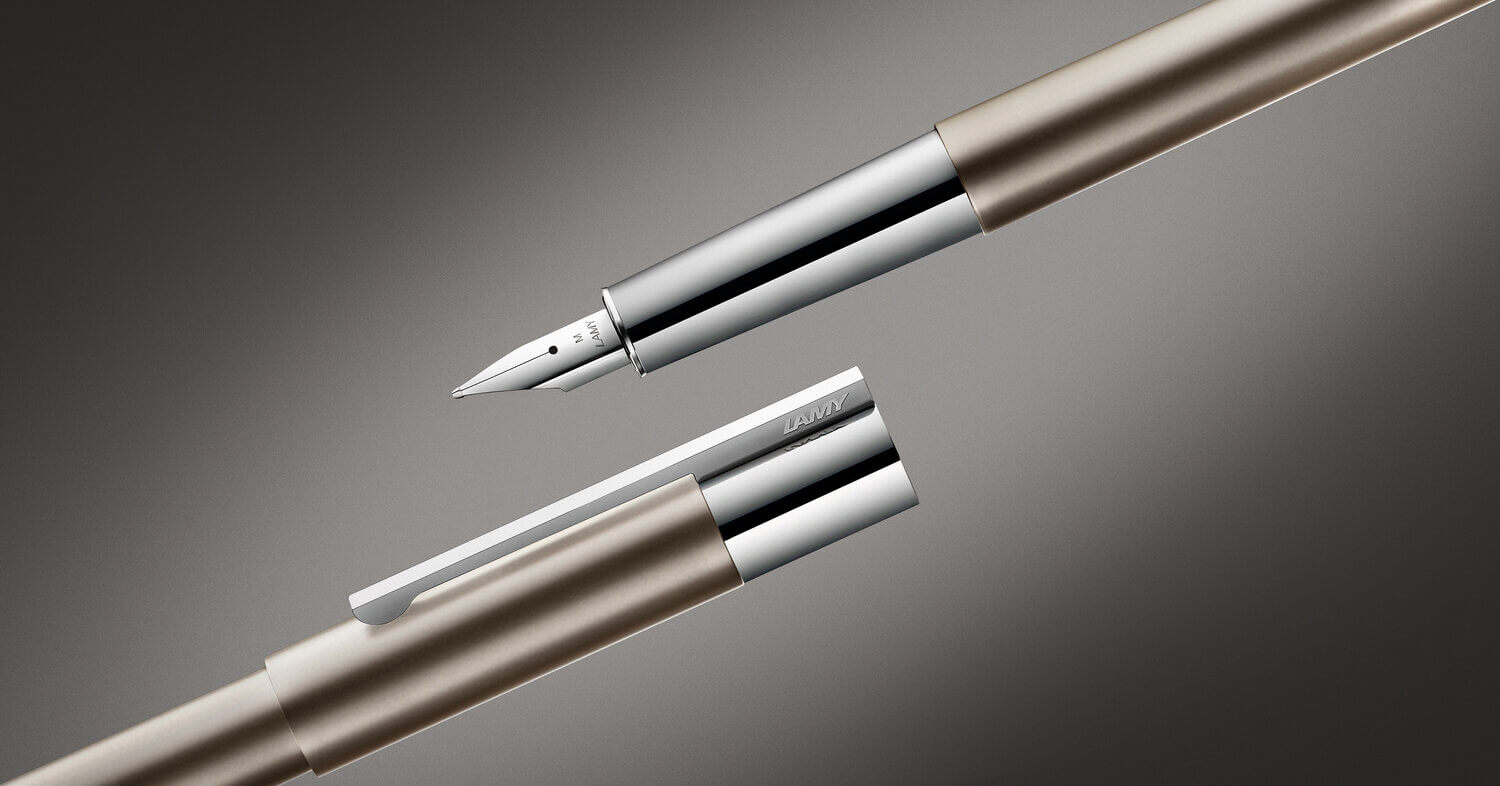
Later that year I moved back in with my parents and I spent a year learning how to retouch, use 3D software, and eventually built a portfolio. Throughout the following two years, I moved to Hamburg and worked for another 3D animation and motion graphics studio, a major industrial design studio (Sieger Design), and a real estate company producing 3D renderings in their specific fields.
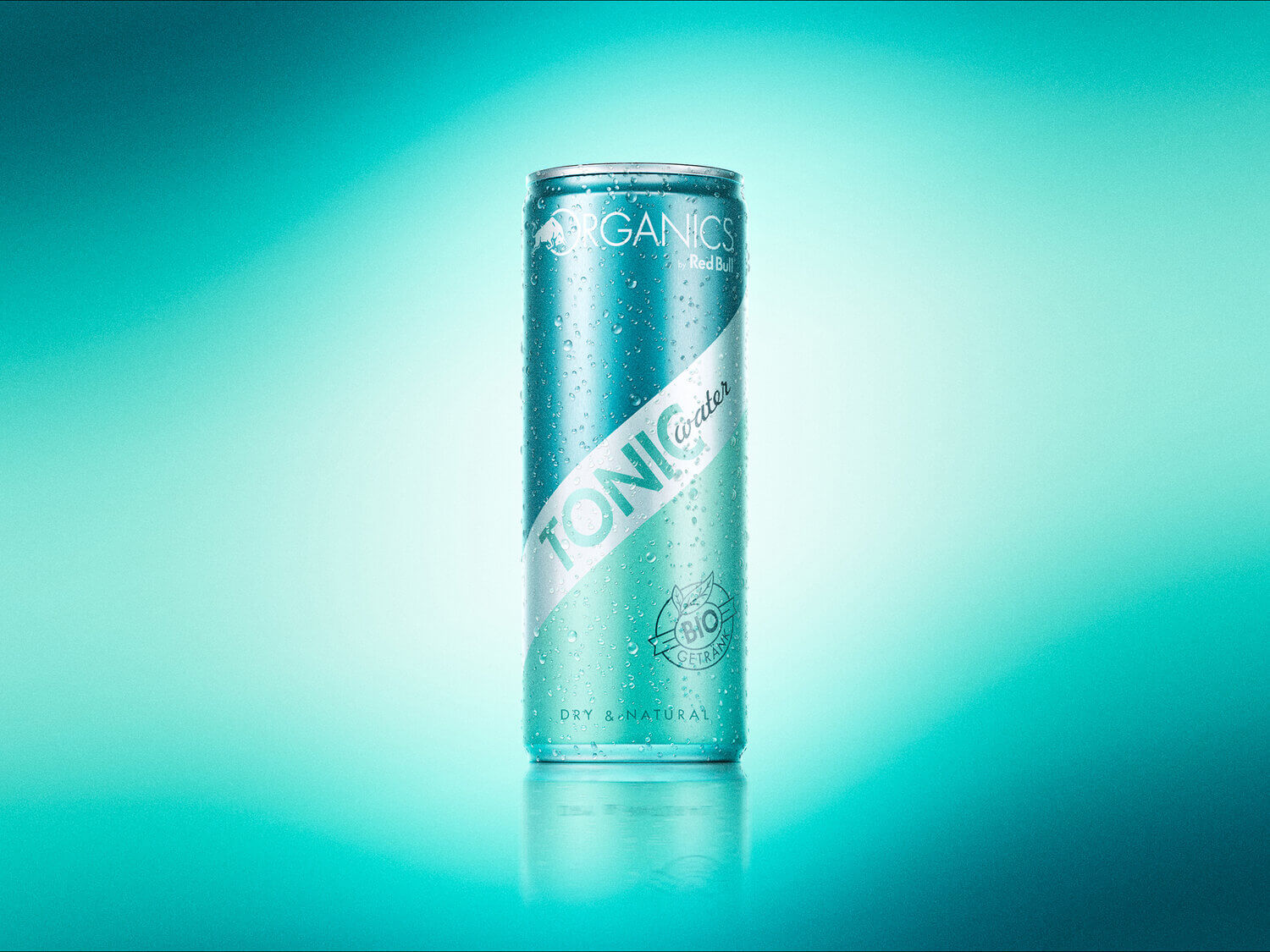
I always loved my work but I slowly realized I was losing motivation working 9 to 5 plus endless hours of overtime for someone else.
This month 4 years ago I quit and began my freelance career, probably the second most important decision of my life.
Around that time I got into shooting model portraits and I scratched the surface of the fashion industry as a photographer. My passion grew for clean and natural beauty photography and of course the post processing of my images.
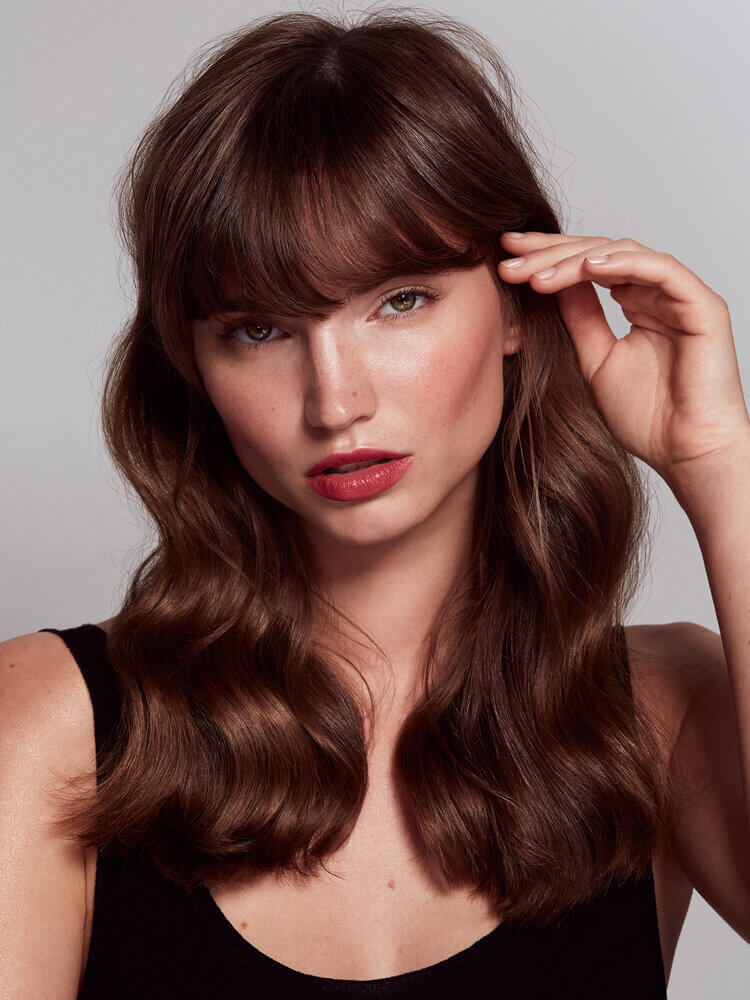
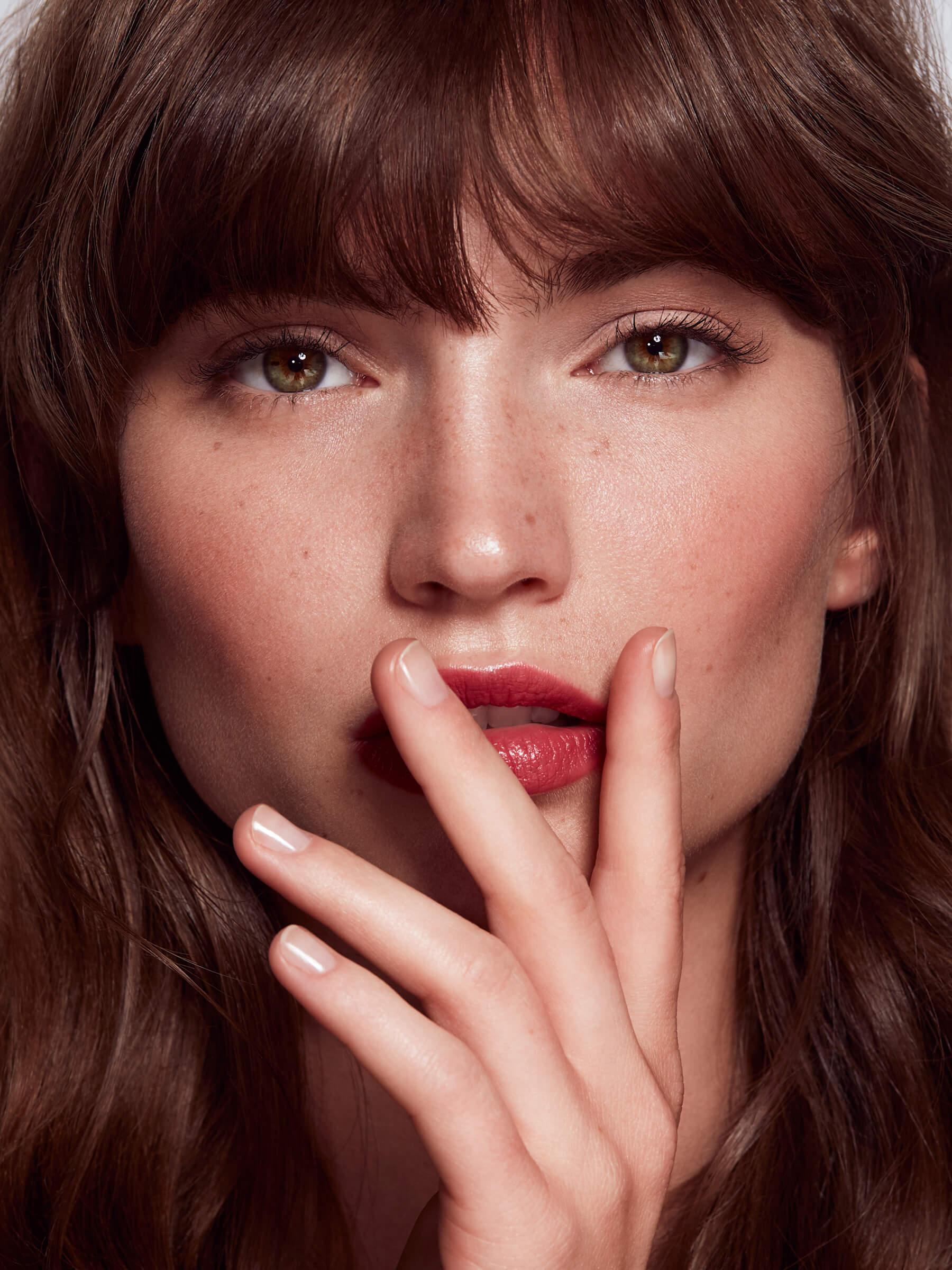
I worked with some of the best stylists and hair/makeup artists in the industry and photographed highly experienced international models through leading modeling agencies.
Photography was always sort of a time consuming and expensive side project for me and I had to remind myself that my full-time job was promoting my brand new business I just started. You can probably imagine being that young and knowing nothing about business and marketing. Building relationships with my first potential clients was a struggle and took a very long time.

My CGI work really benefits from my photographic experience especially from working in the studio with strobes and modifiers.
I explain CGI and 3D rendering as a new or different way of photography – virtual photography based on physics and mathematics in a virtual three dimensional environment.
I recently decided to quit photography in order to focus entirely on post production and CGI. It is no secret that you have to focus on one thing you are really good at to successfully work among the very best in the industry.
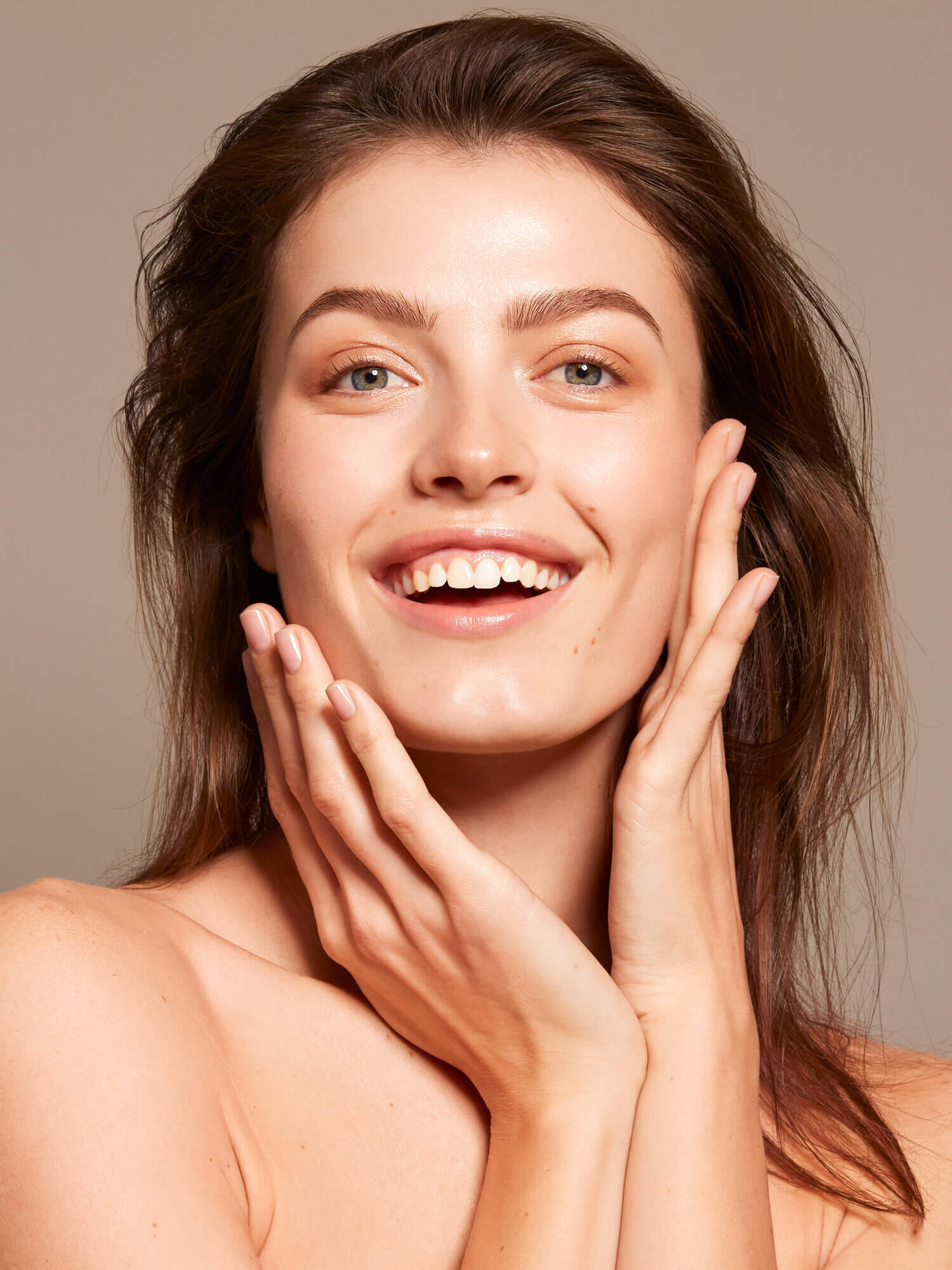
I have always felt that I lack a certain level of creativity, but where I lack creativity I make up with absolute technical accuracy and quality. That is where the Infinite Color Panel makes a huge impact on my work.
Coming up with color grading for a project was one of the most difficult parts of the post production workflow. Even before getting into the actual retouching stage you can non-destructively overlay random grades with just one click and try within seconds what direction you want to go with the project.

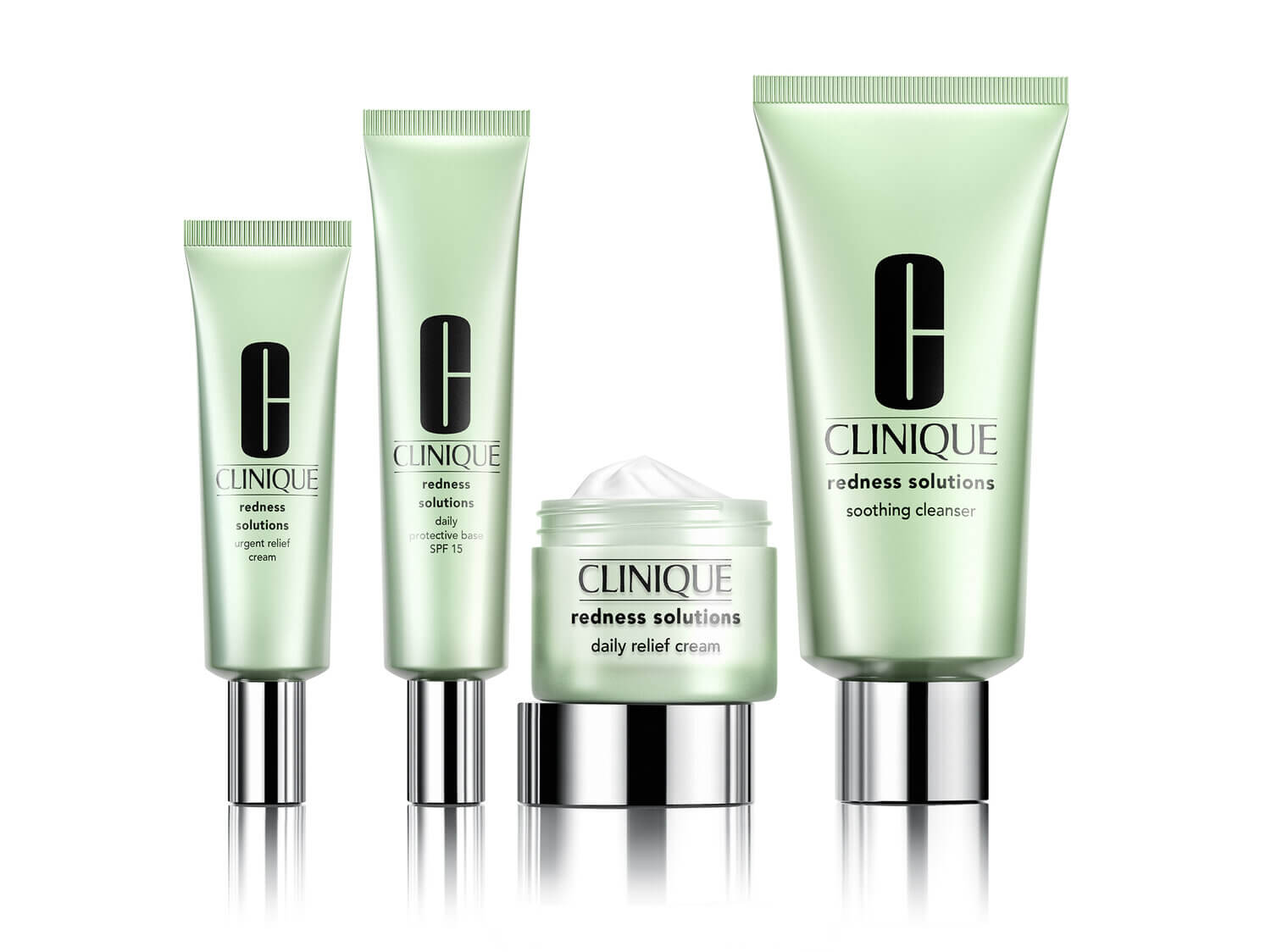
I use ICP on a daily basis to present a variety of different looks to my clients to choose from. Then I go into the layers and fine tune the adjustments based on the clients’ feedback. I even use multiple sets of grades for different parts of the images. Clients want their products to look as accurate as possible – to avoid color shifts I simply mask out the specific grade wherever I don’t want it to affect the image and I still get the amazing overall color look ICP provides out of the box.

When working with skin I really want to enhance the natural beauty of each model. With ICP I know within seconds what direction I can go and what might not work with a makeup look or lighting setup.
I rarely use any presets for my work. It devalues the art and I believe high end clients don’t take you seriously for using settings another artist created for the work they hired you for – ICP is not a preset, it is a tool just like Photoshop itself. It is still up to you what you create – it pushes your creativity to the next level.
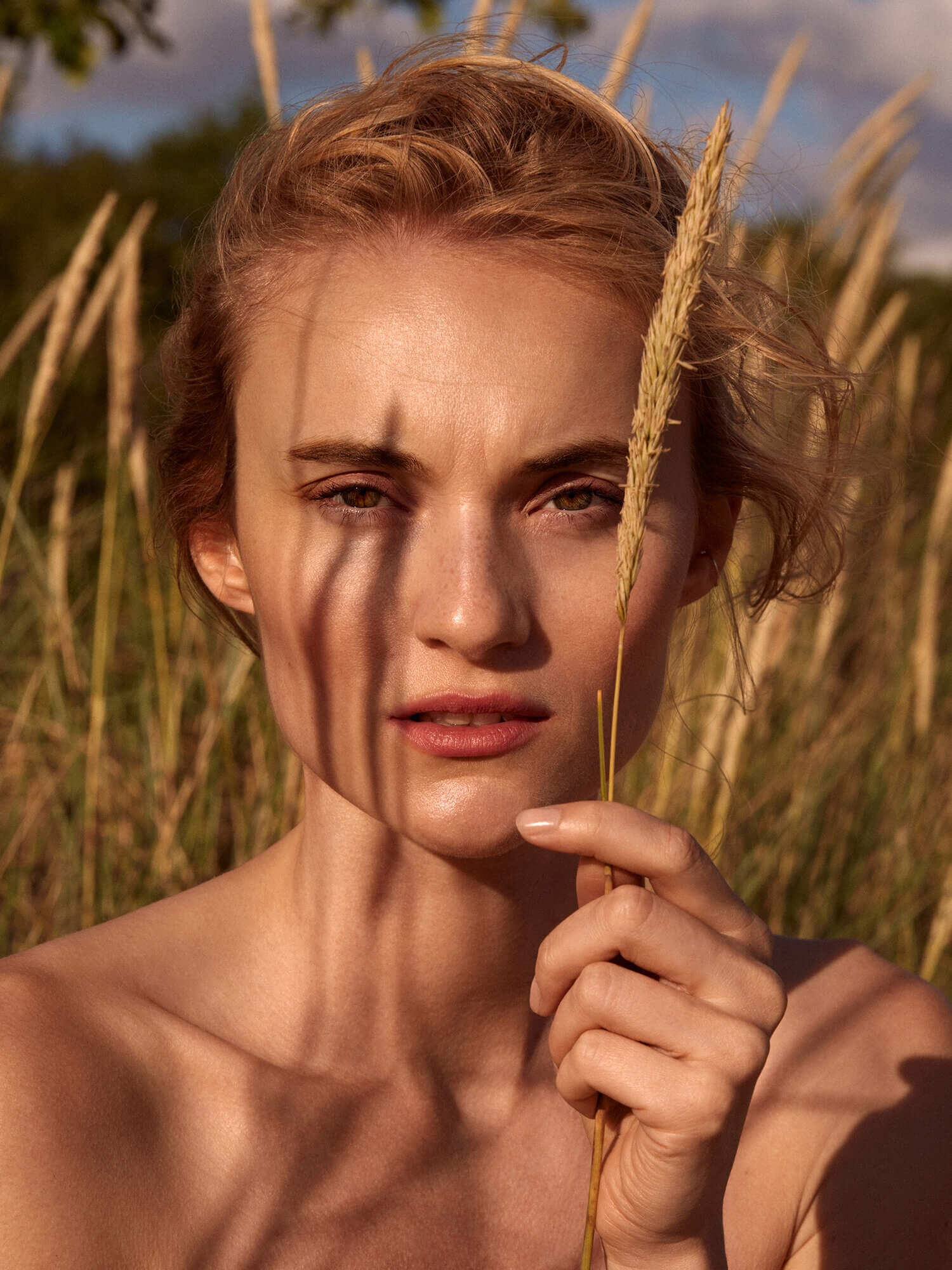
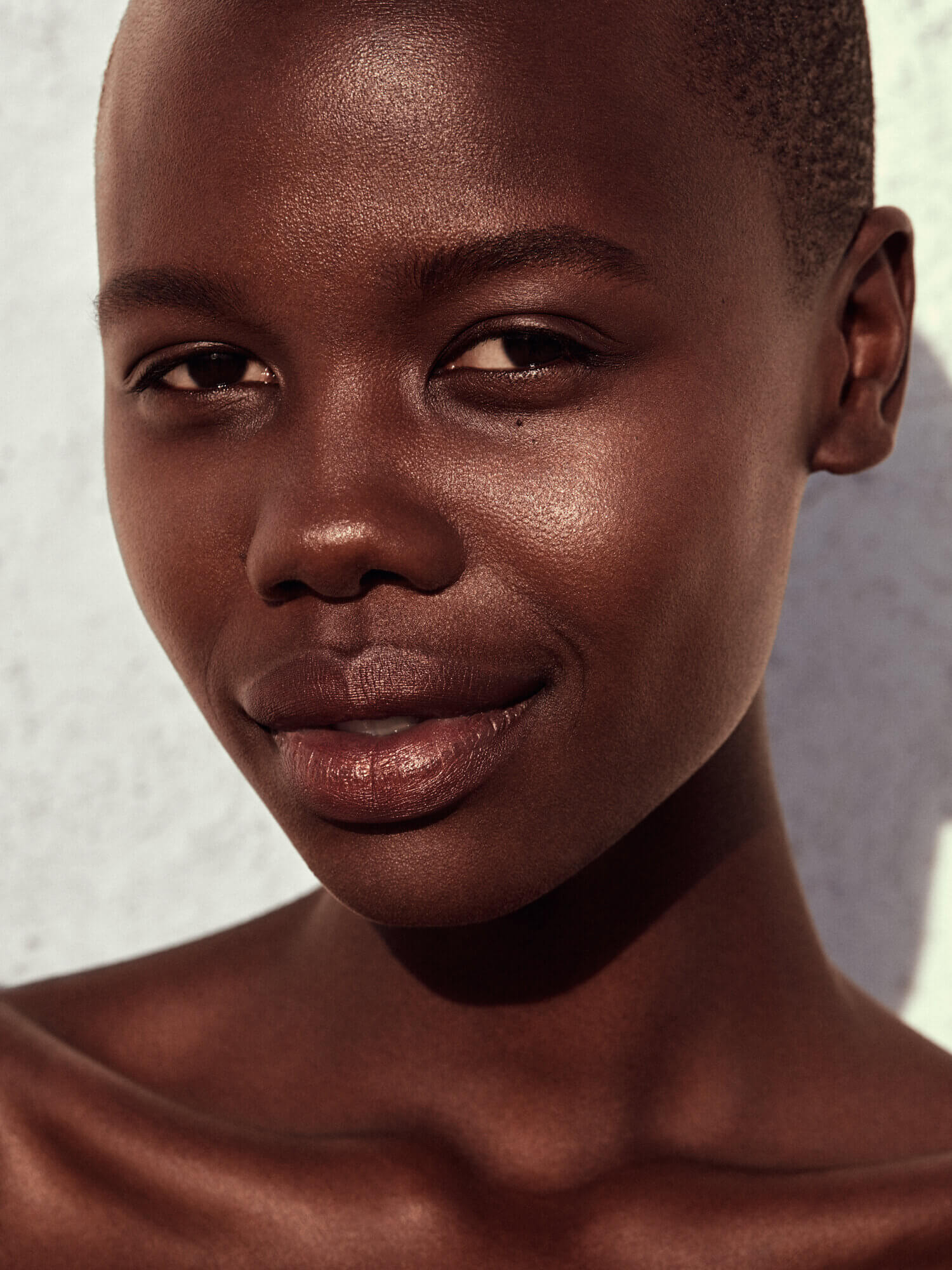
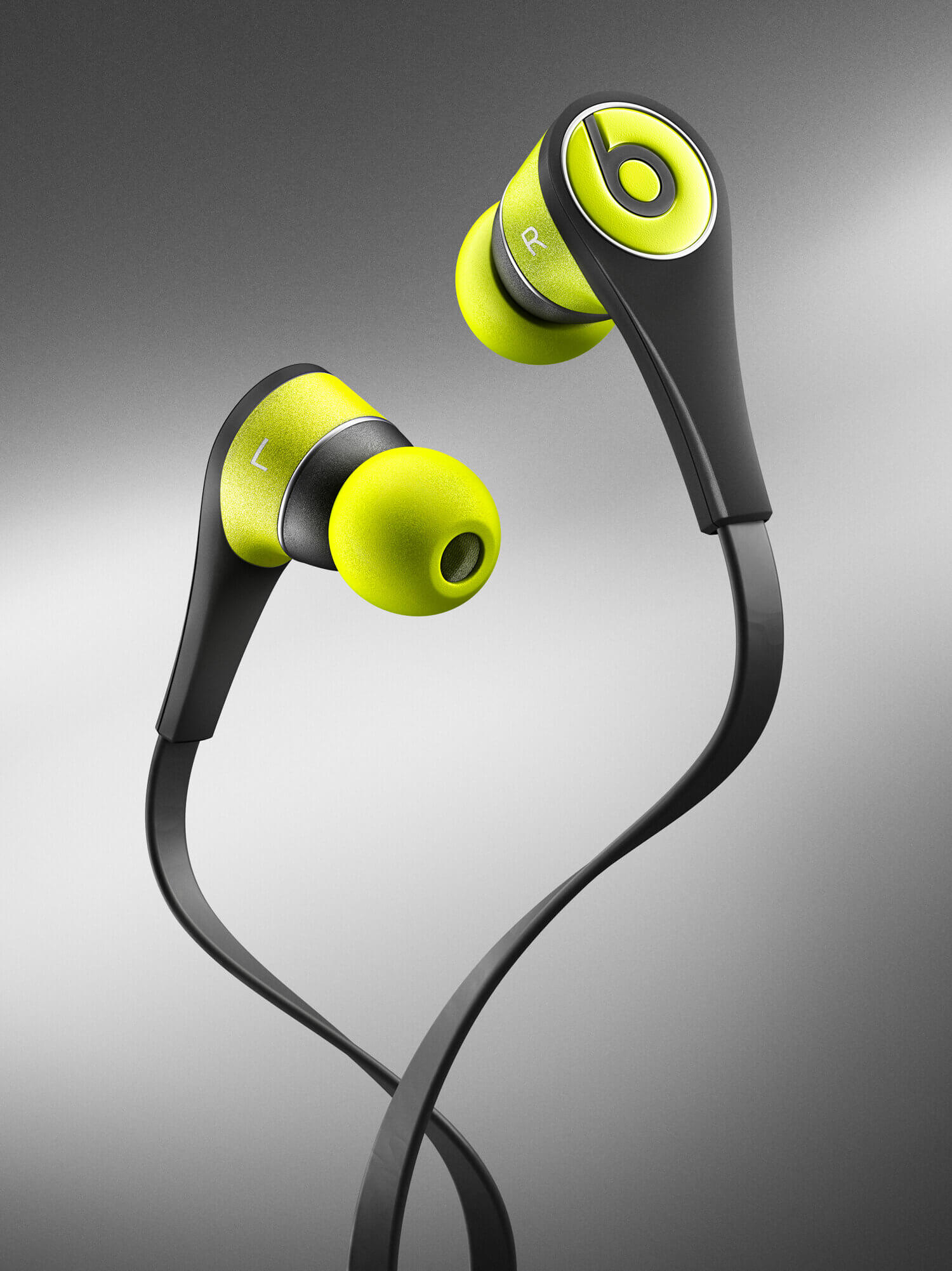
Interested in seeing more of Marius’ work? Check out his Website!!
Have you tried the panel yet? We’d love to see your creations! Get in touch on Instagram @infinitecolorpanel or the Facebook Infinite Color Panel group and show us your work.
If you haven’t tried the panel yet, get started here: https://infinite-tools.com/infinite-color-plugin/
